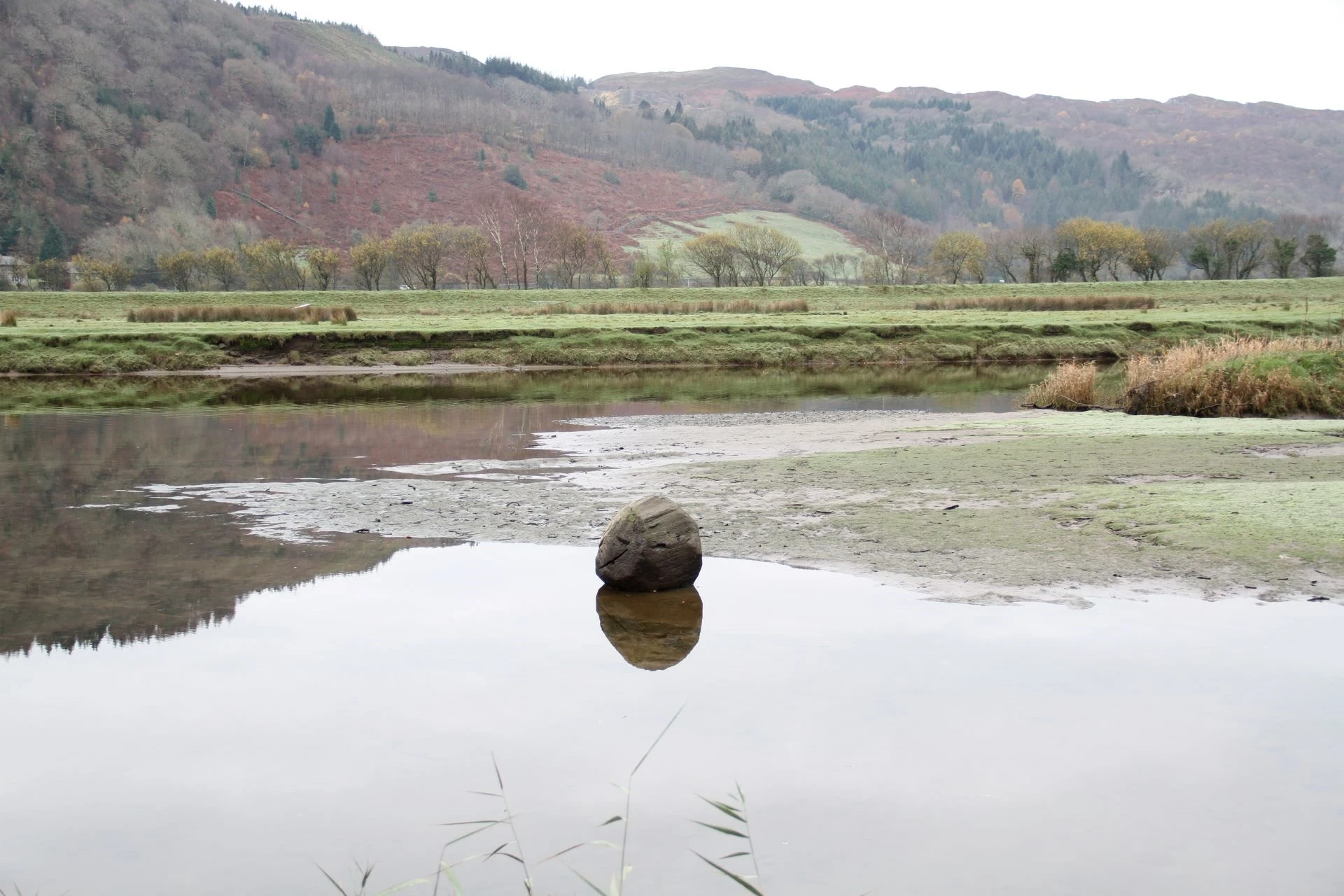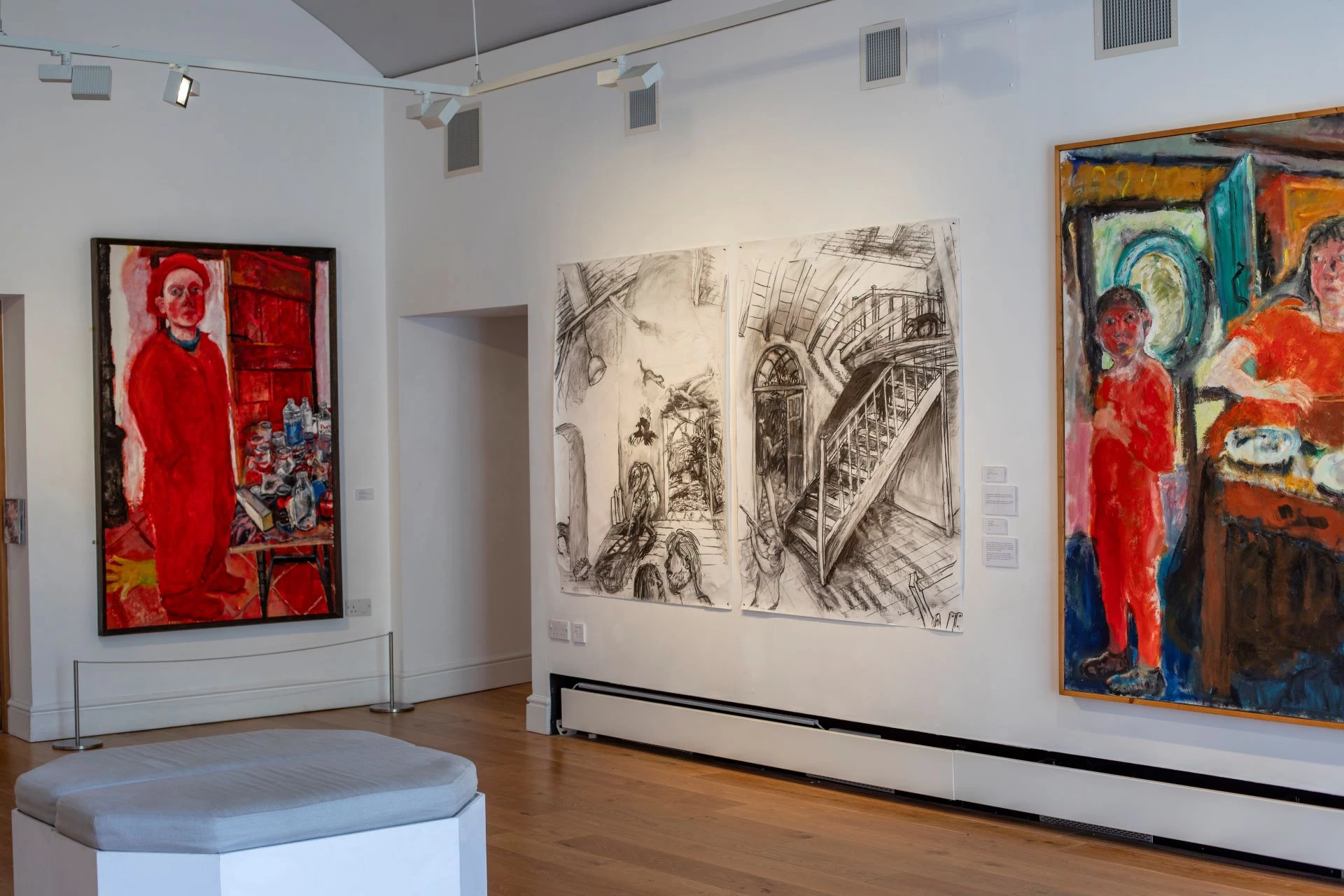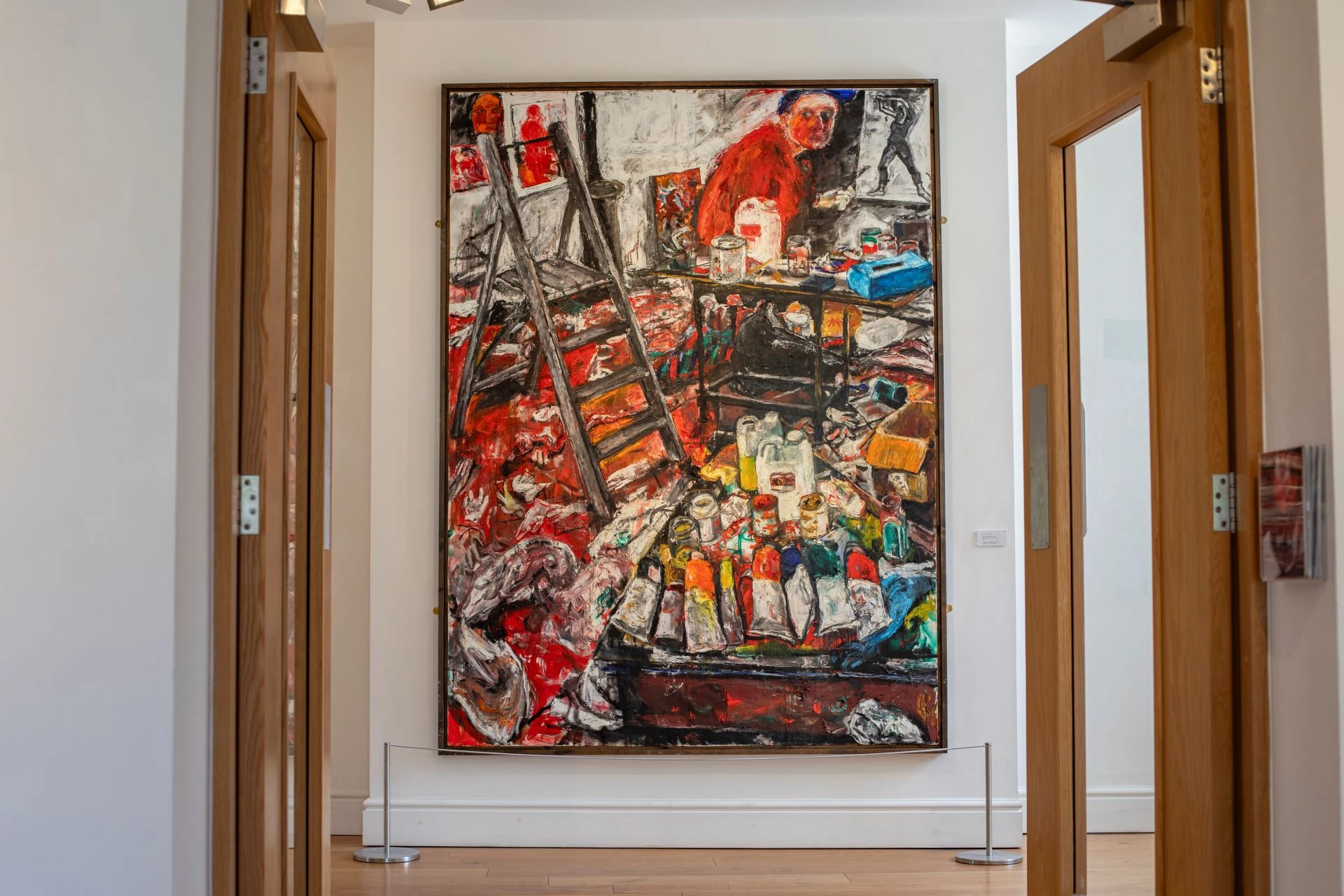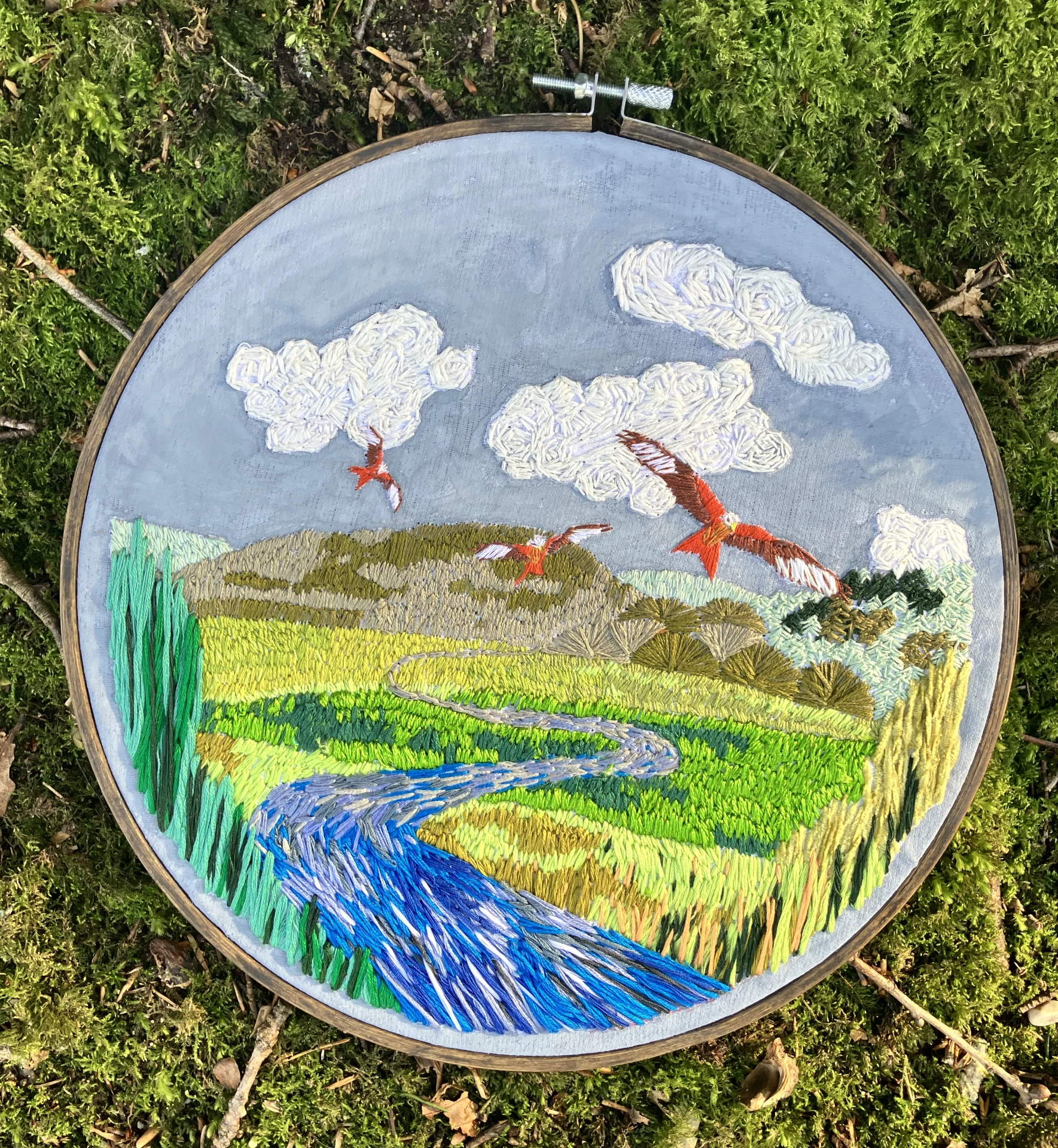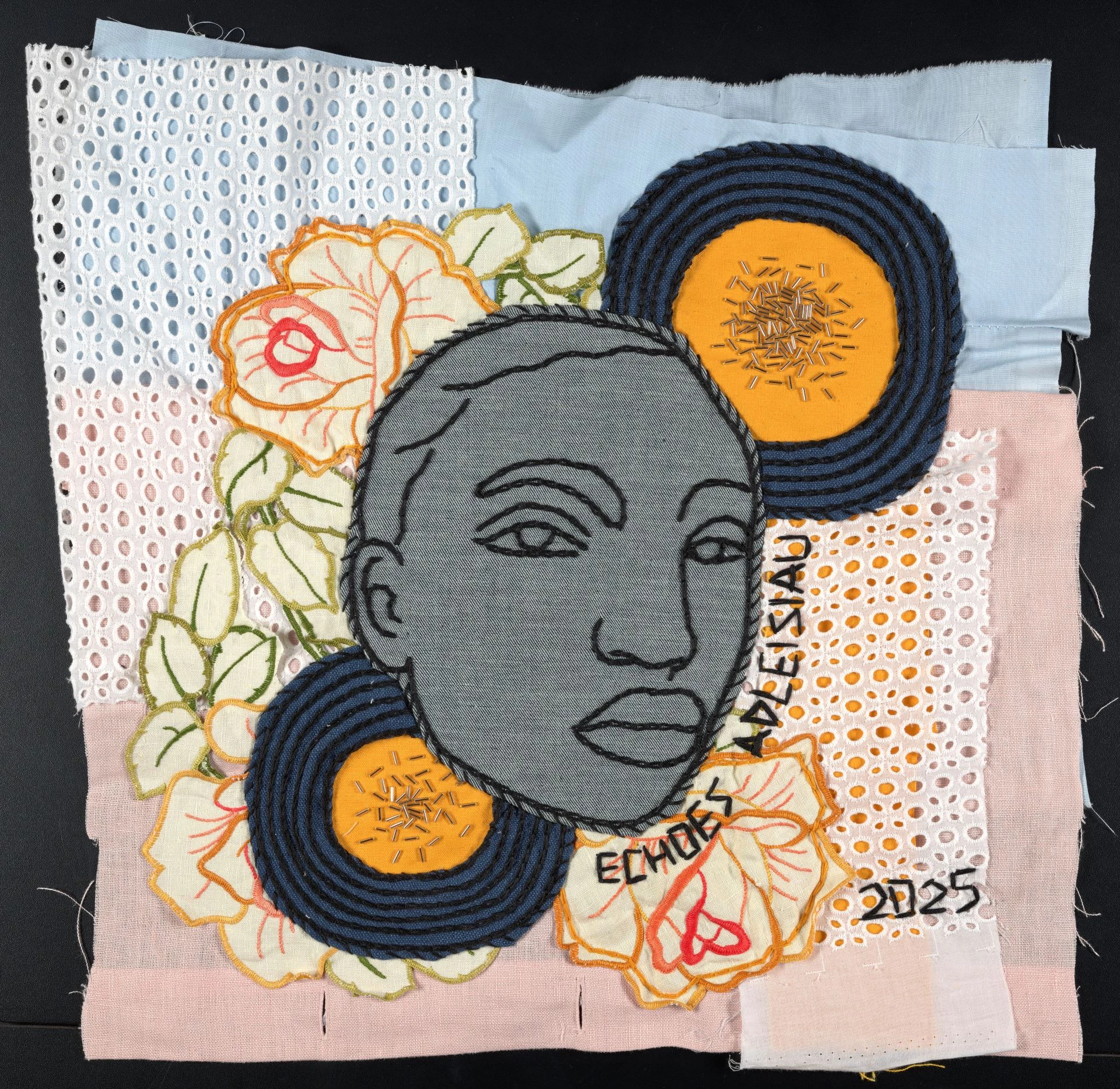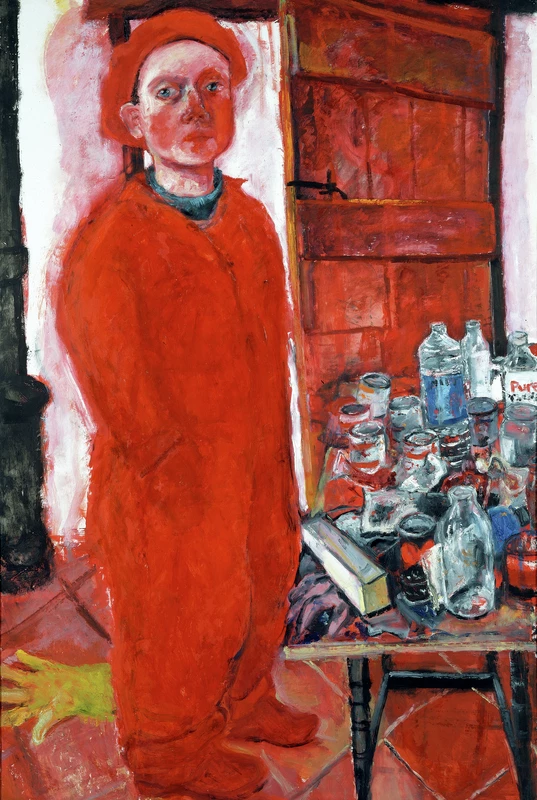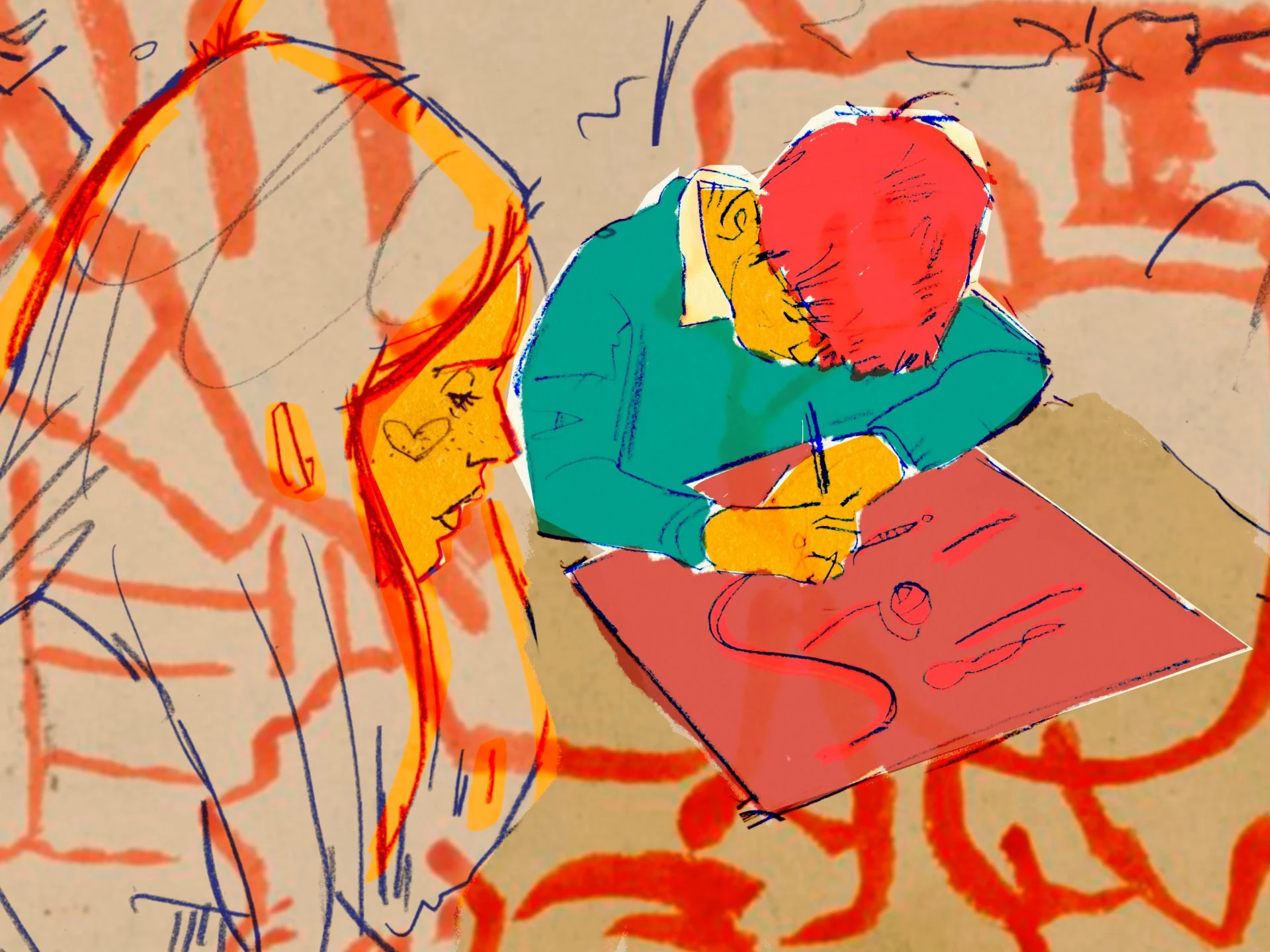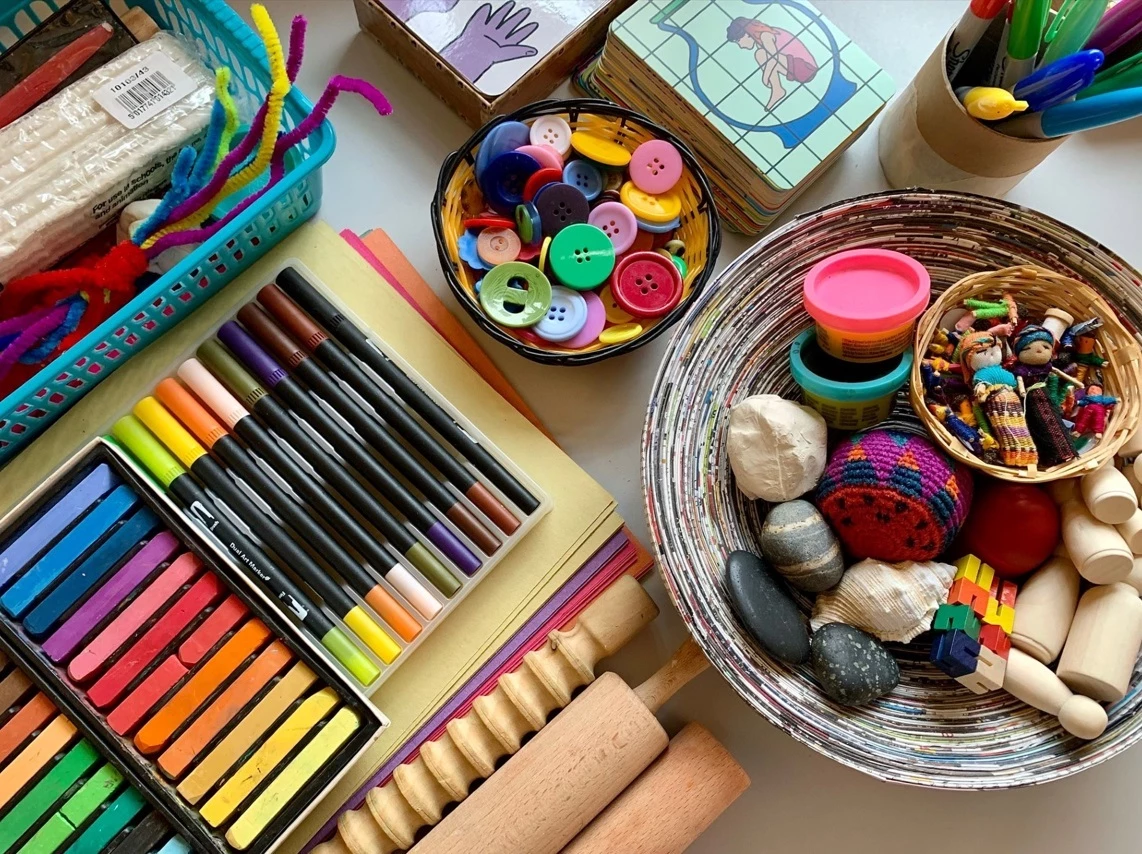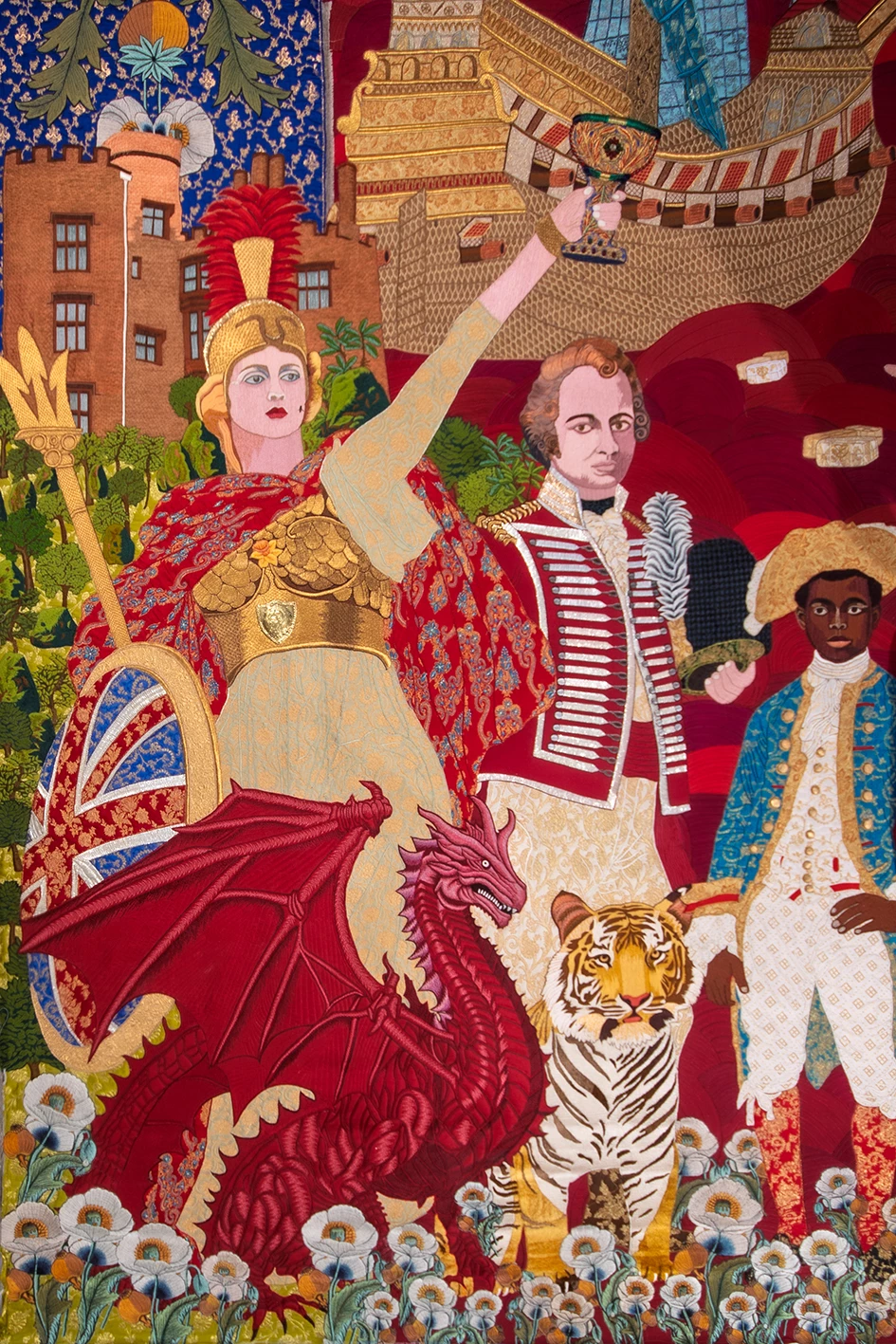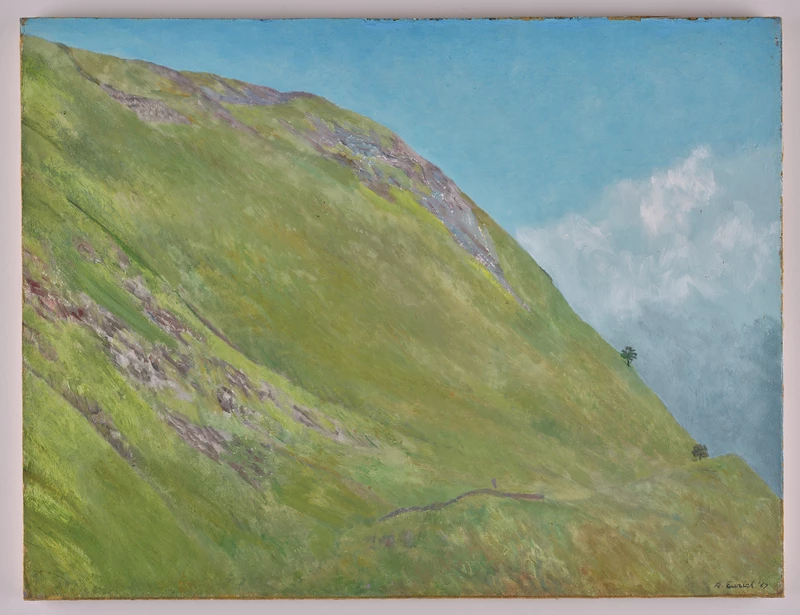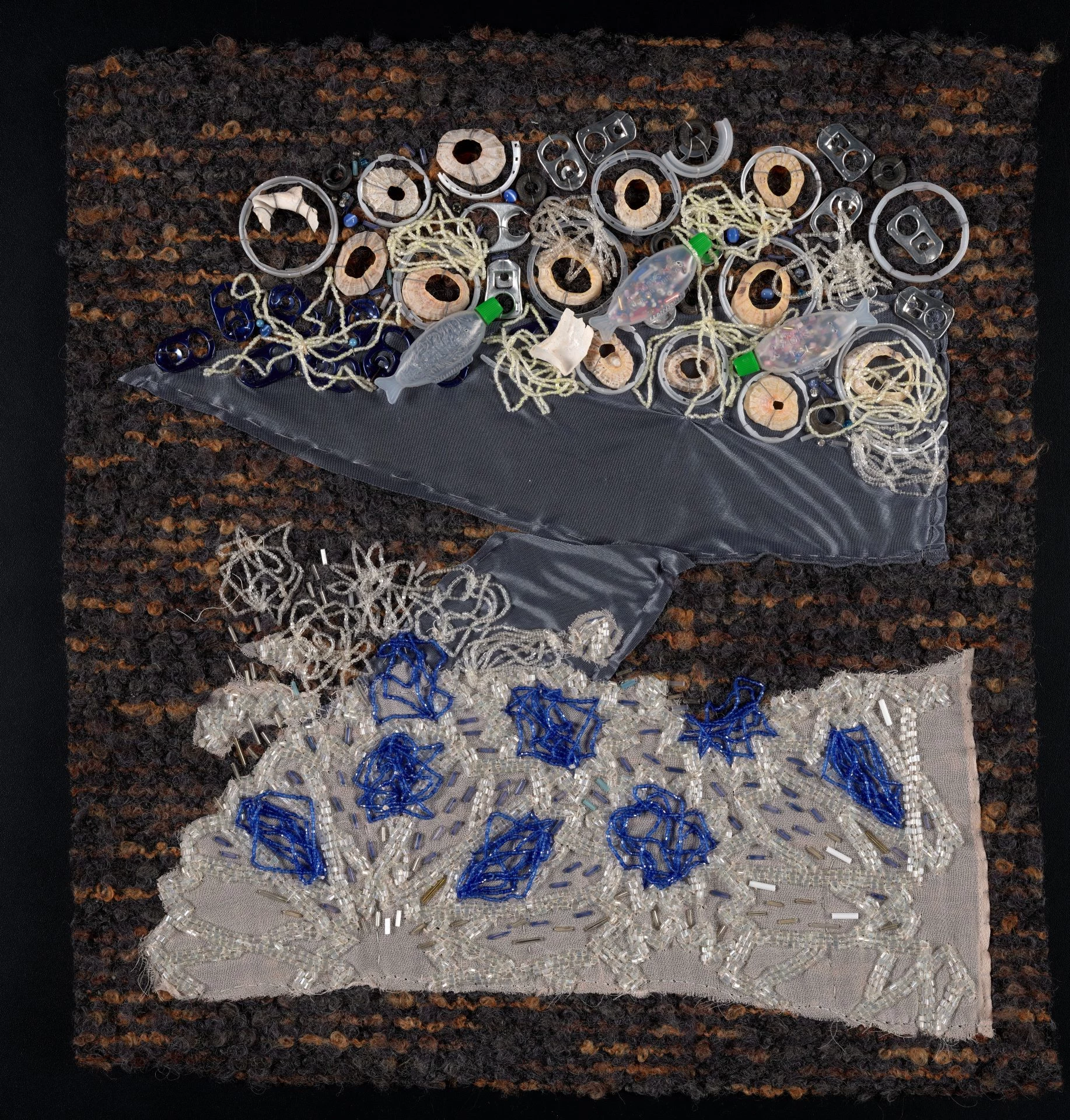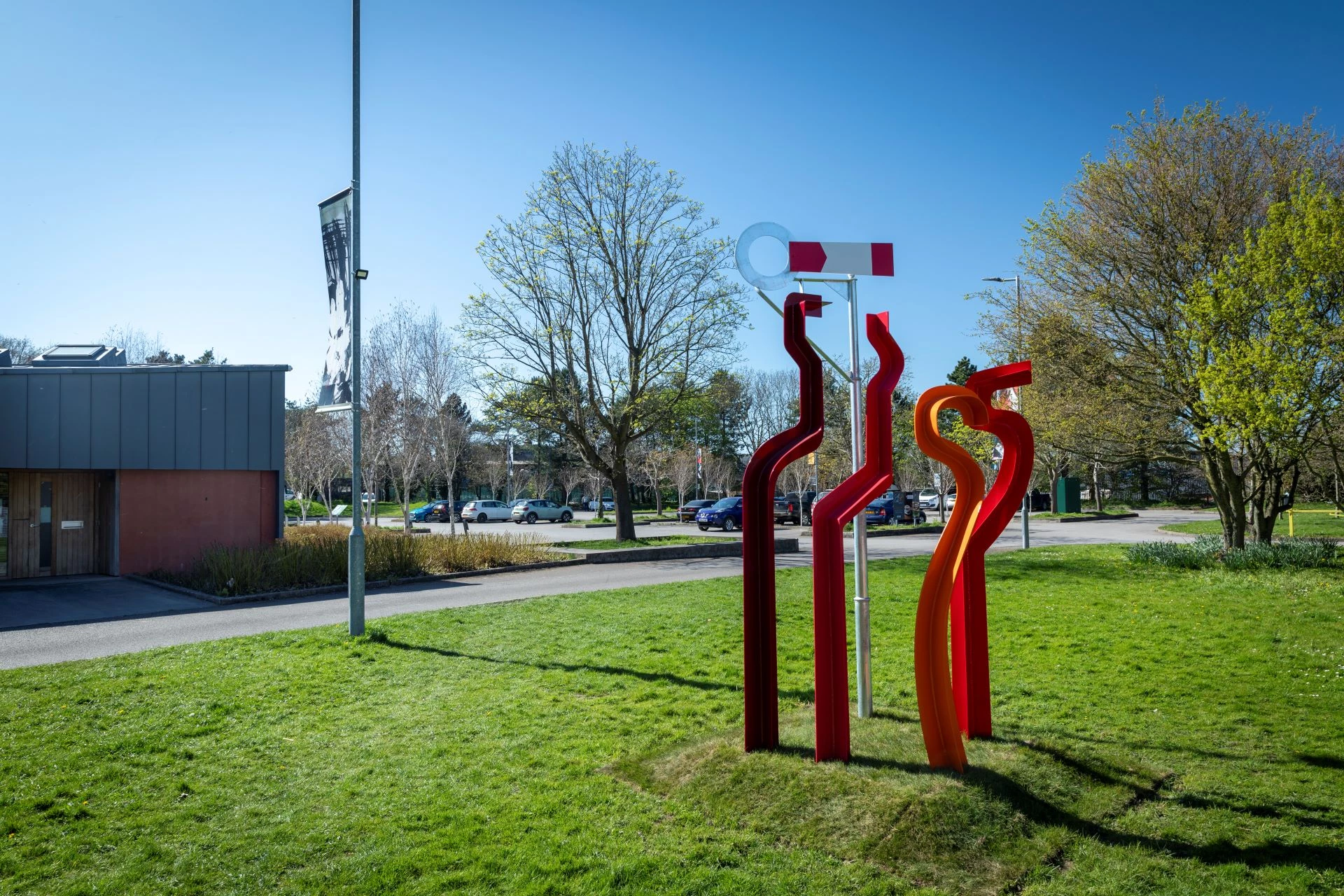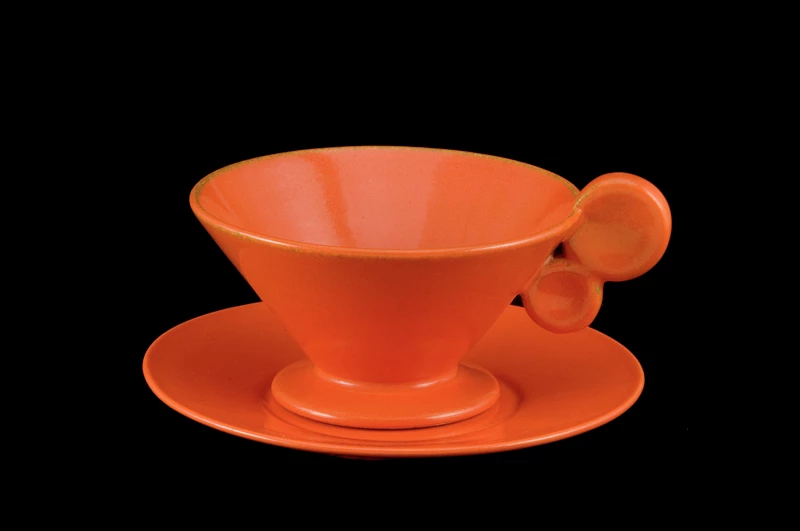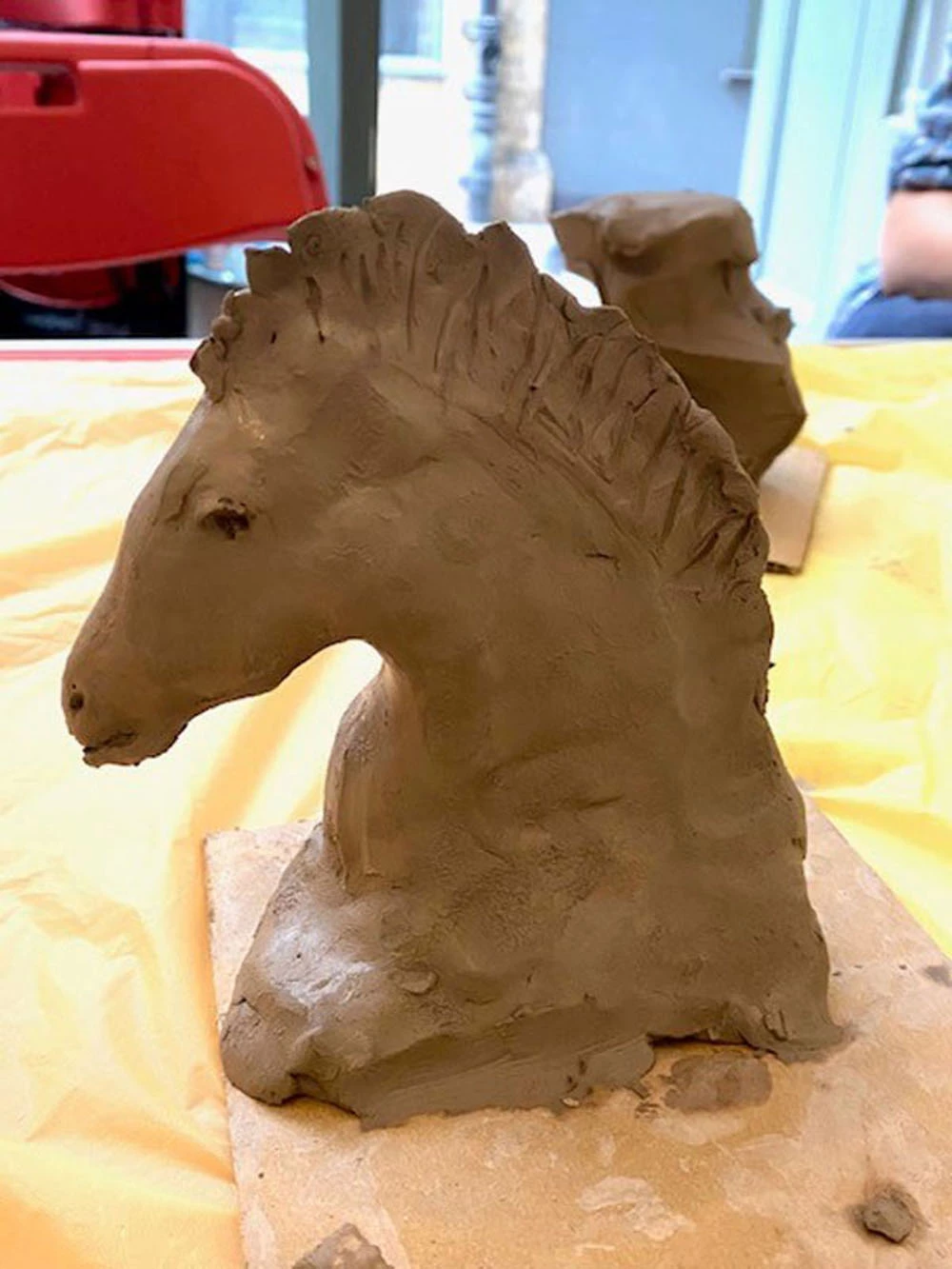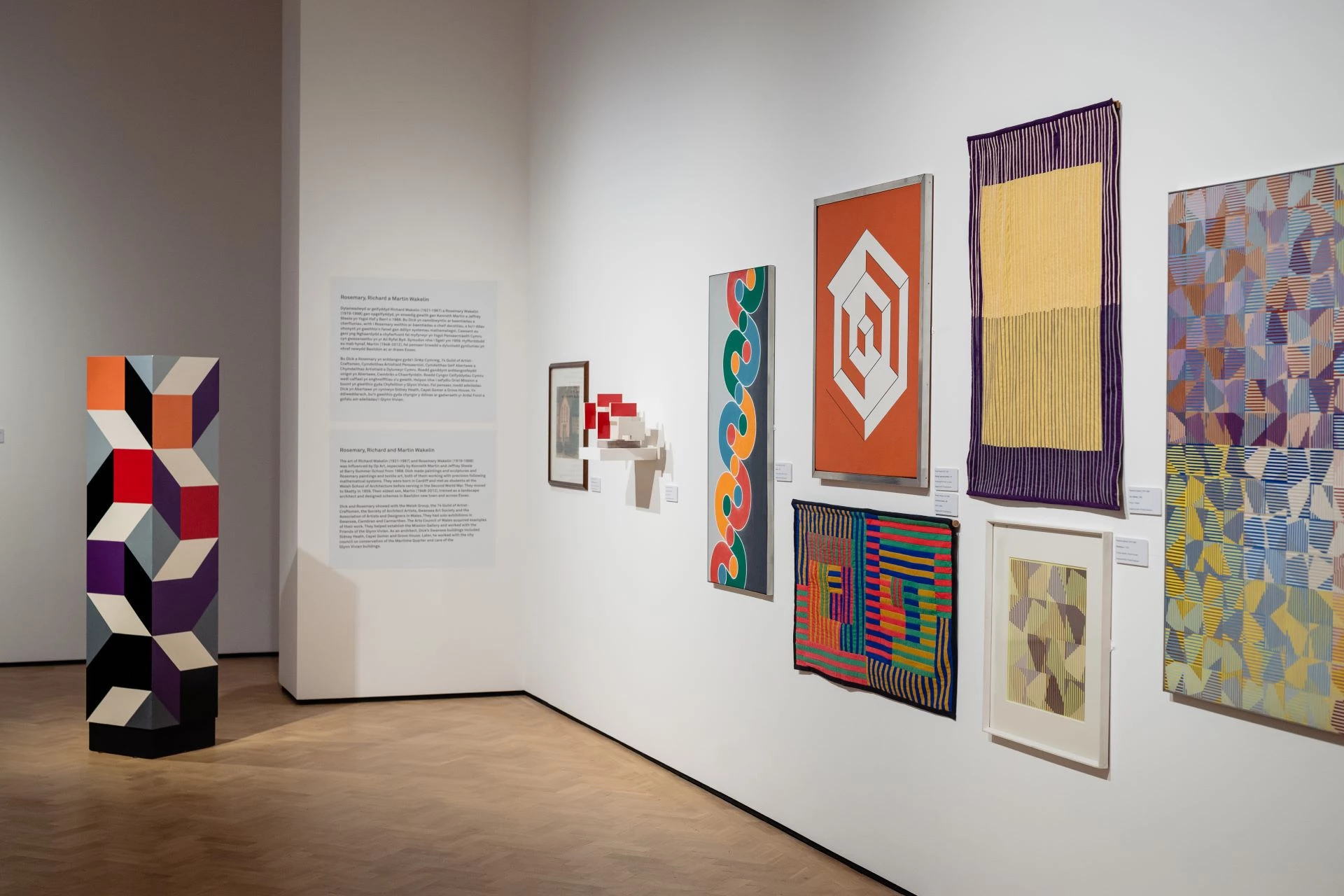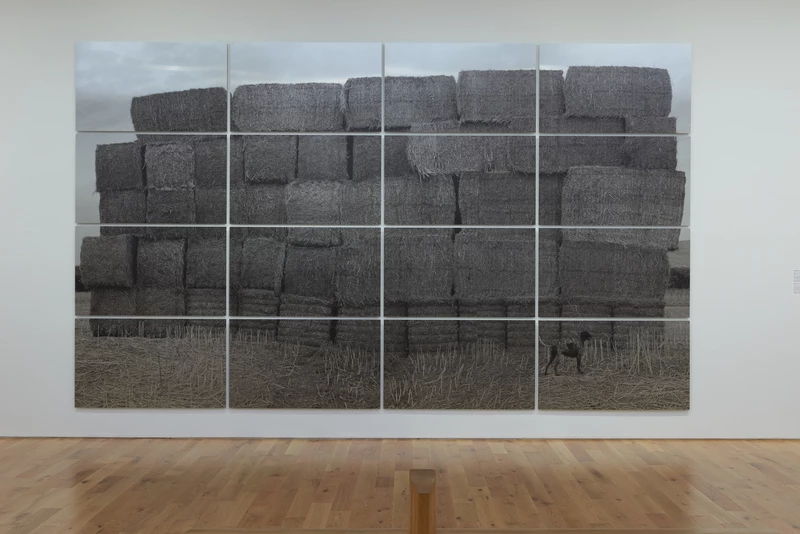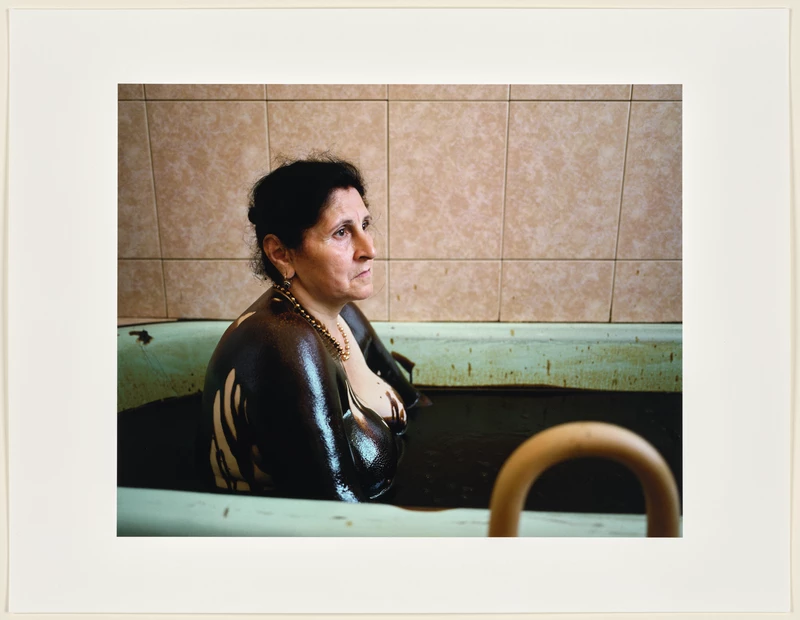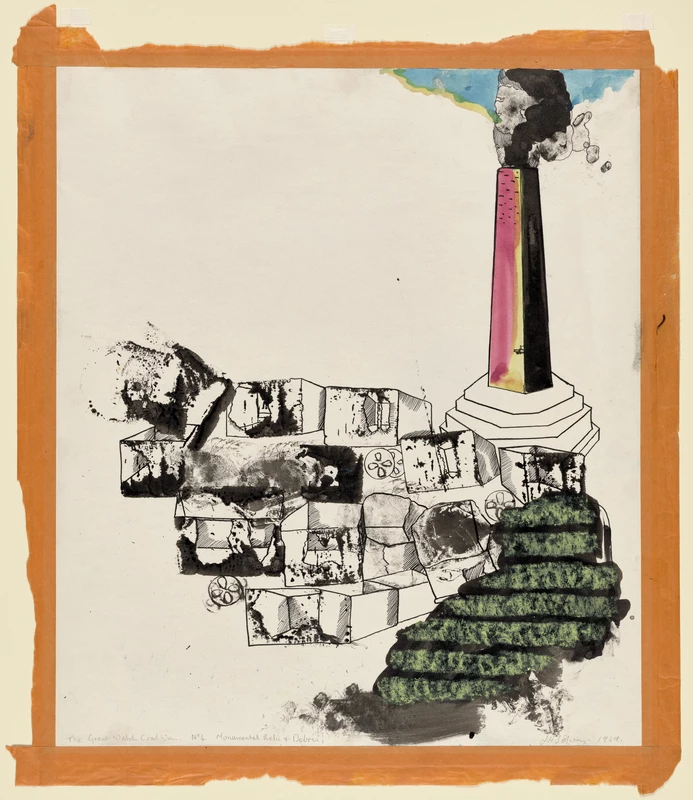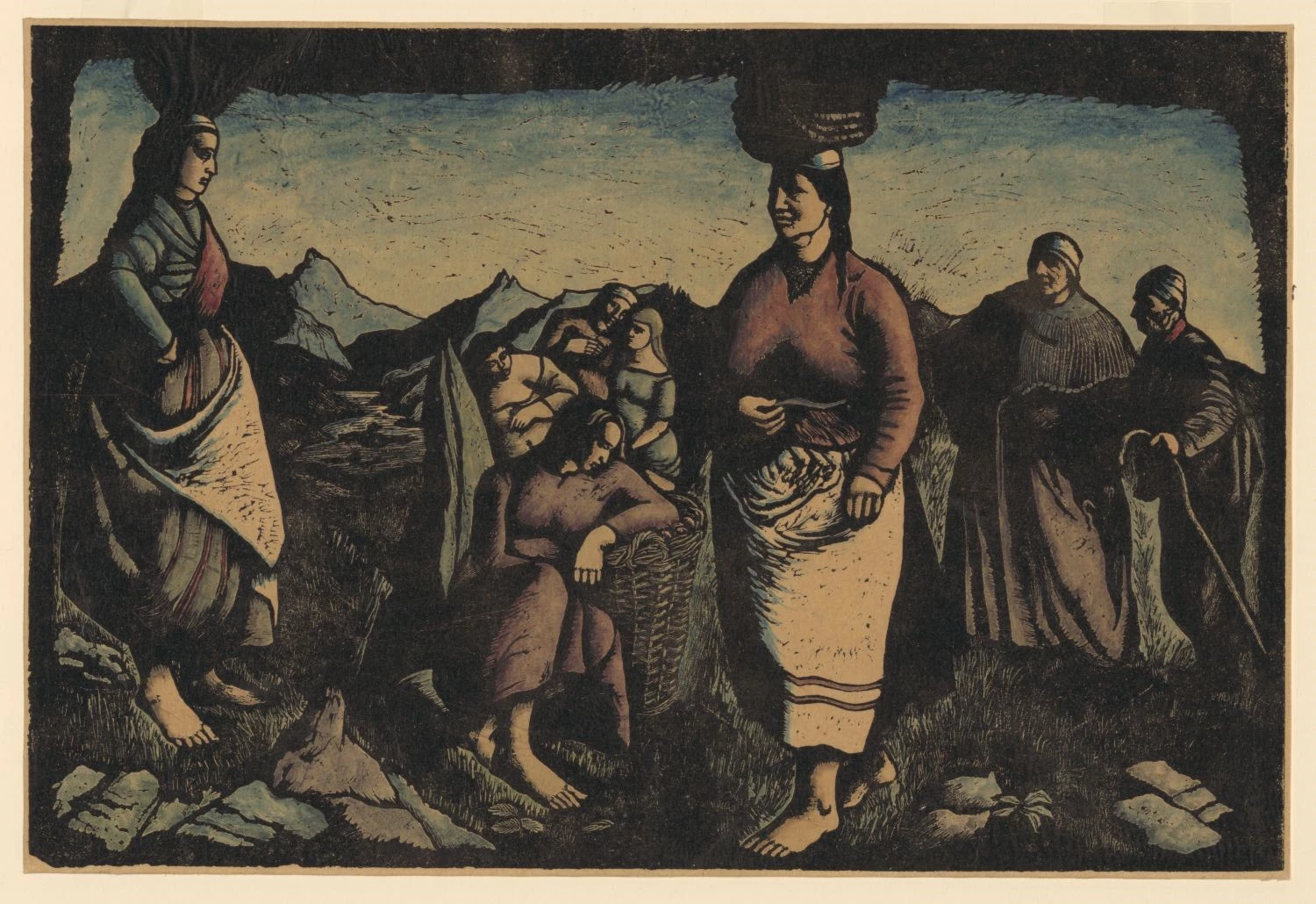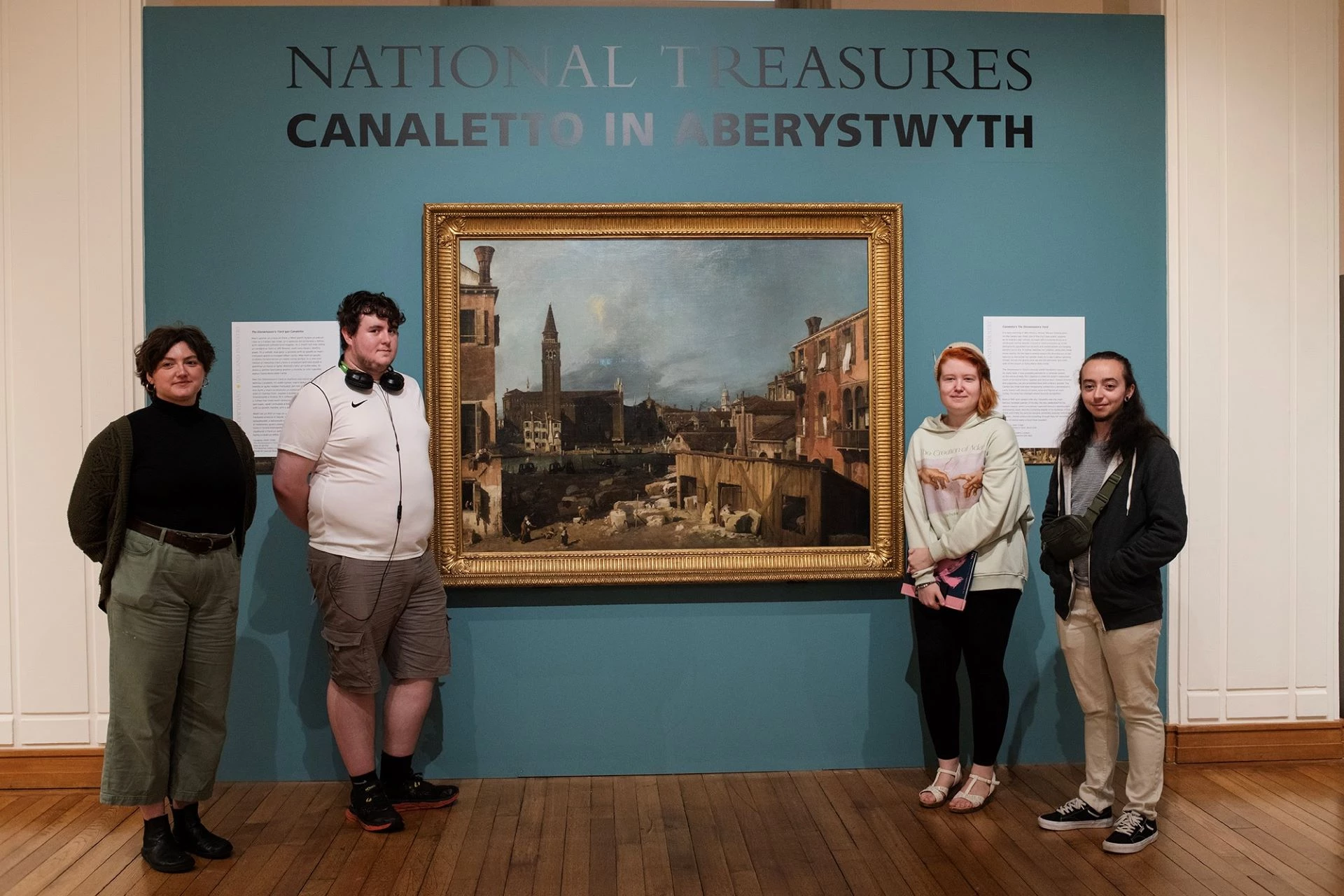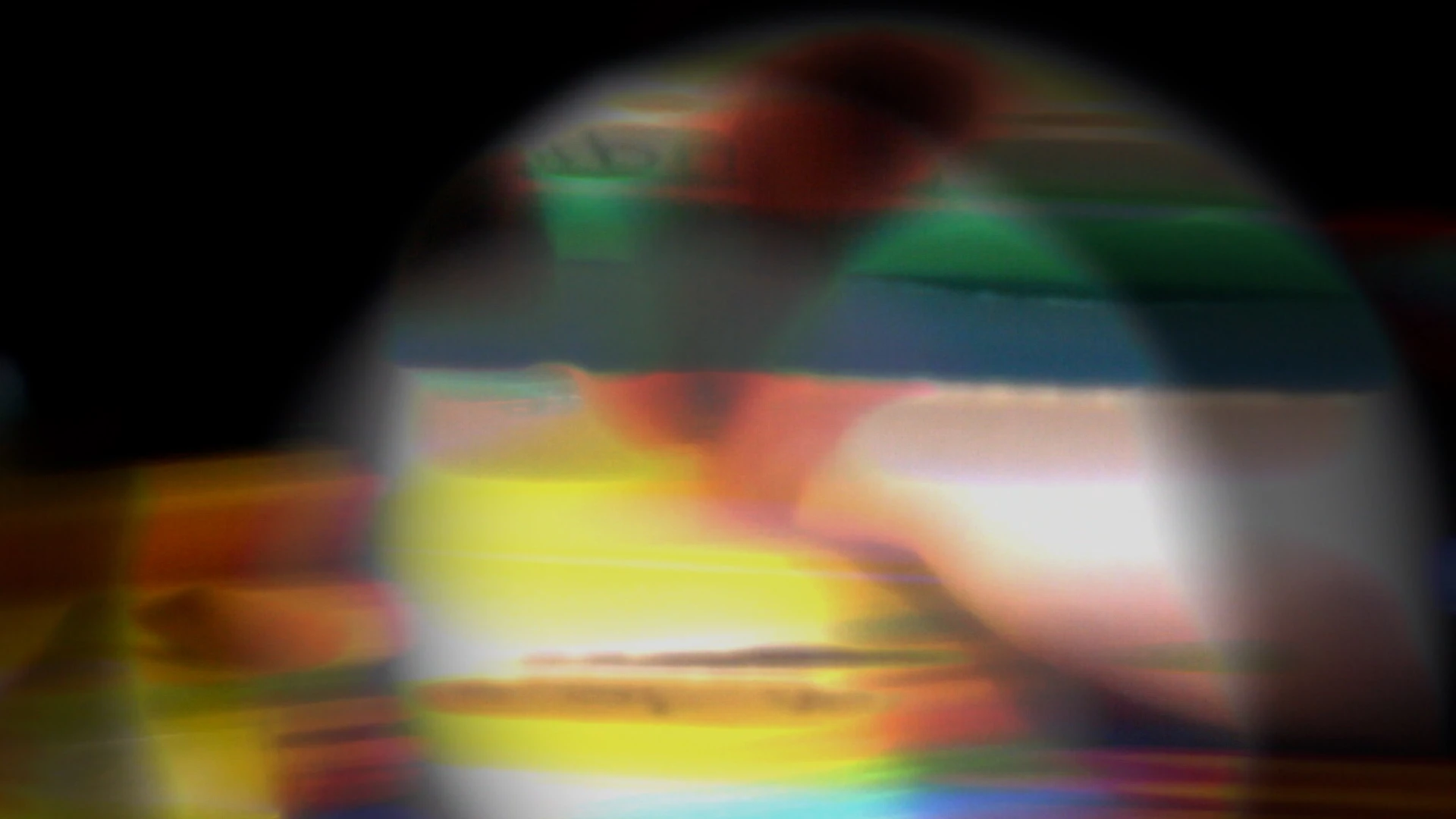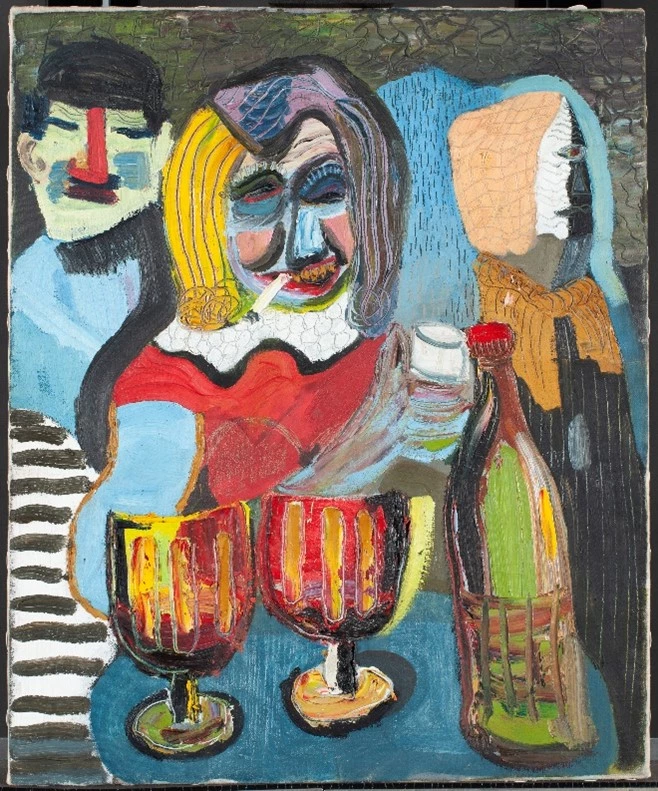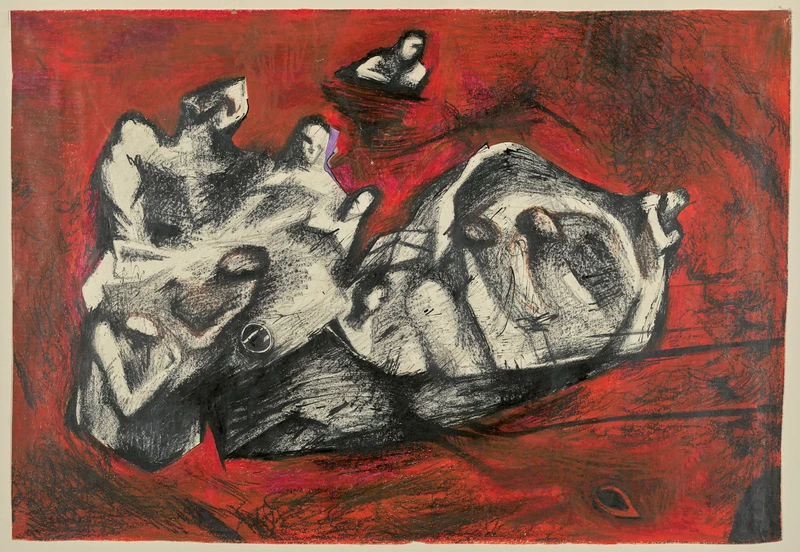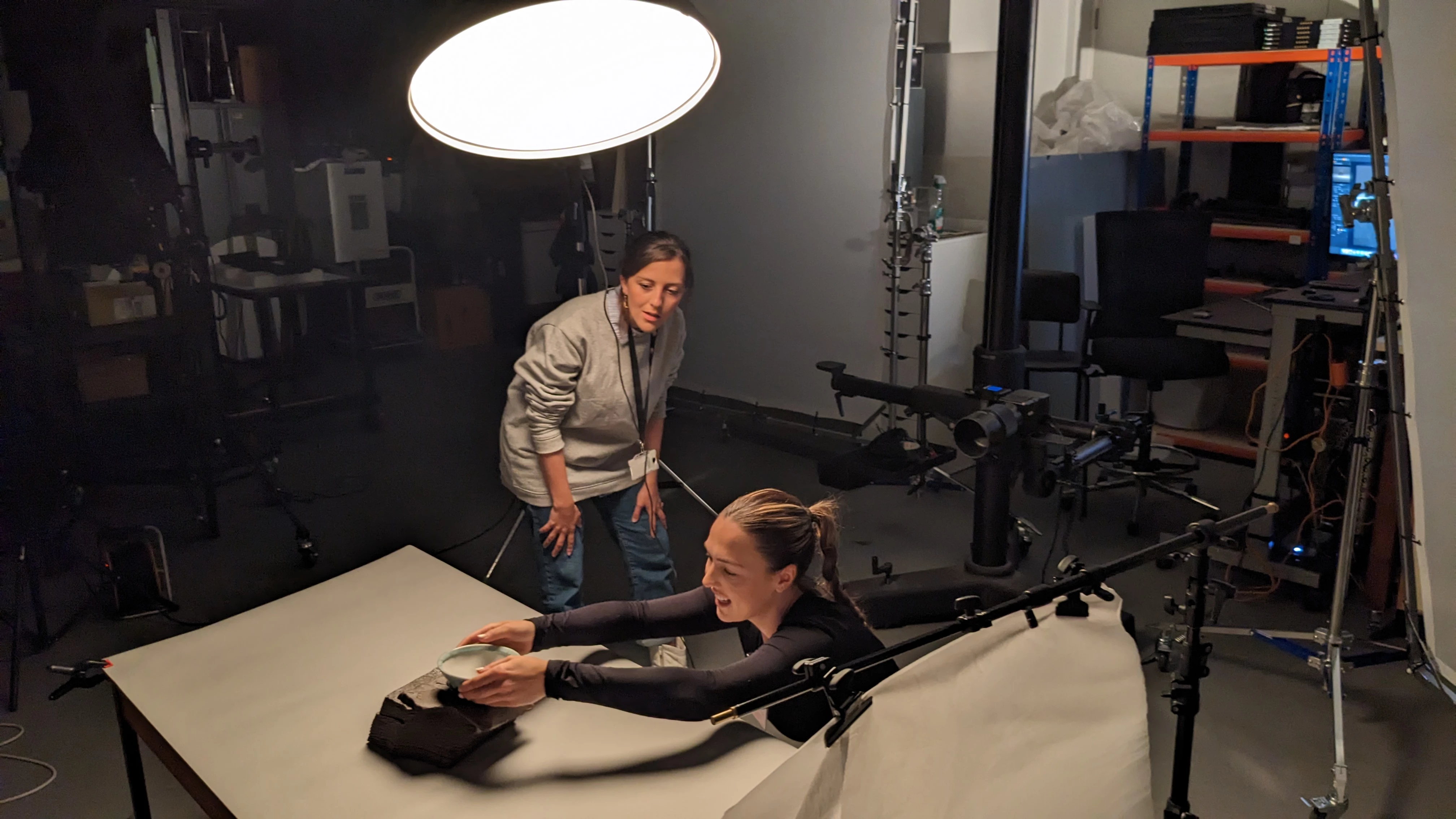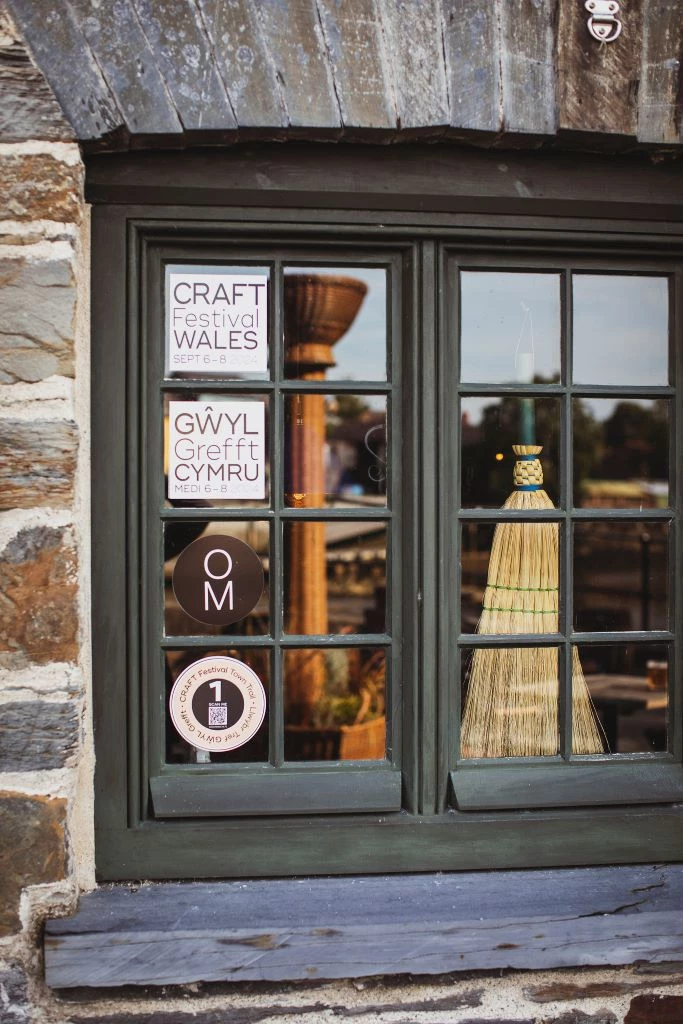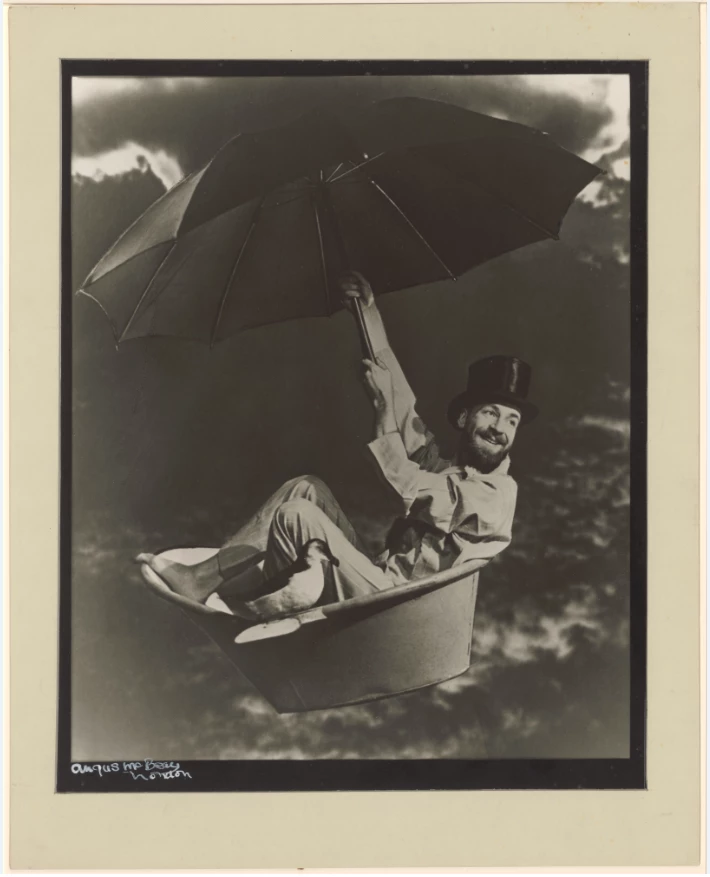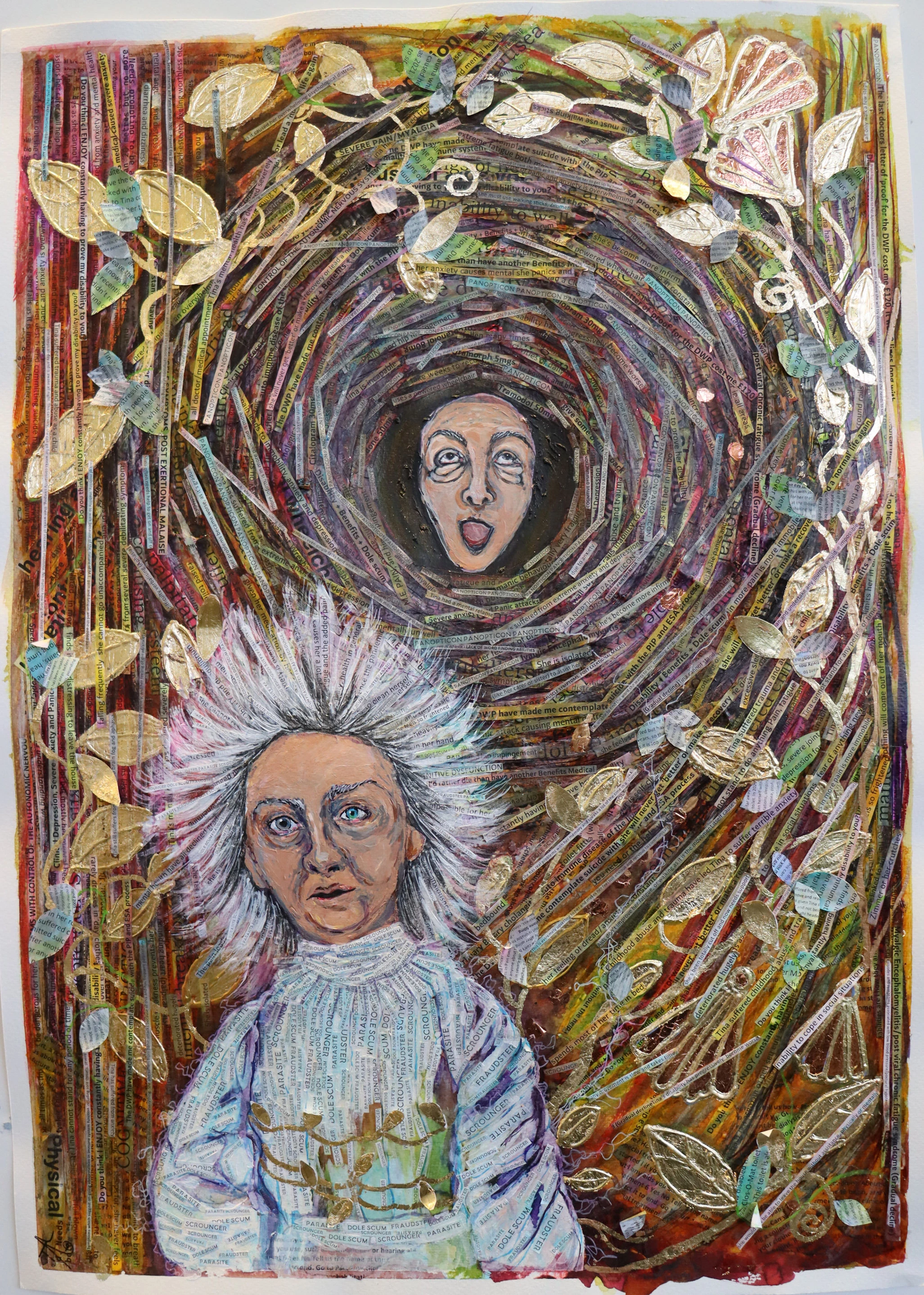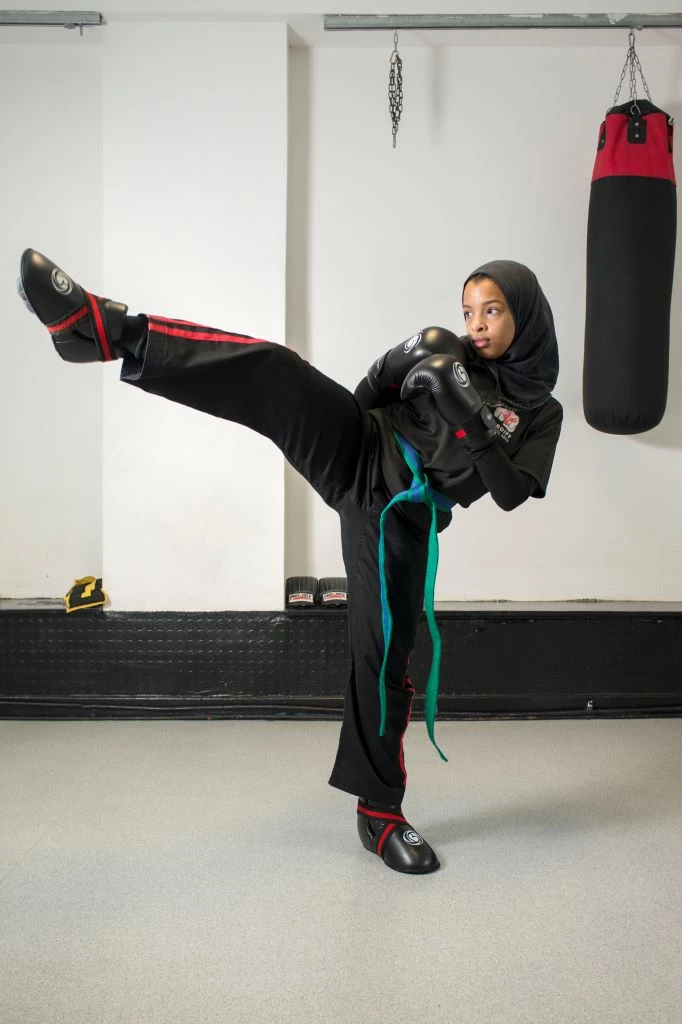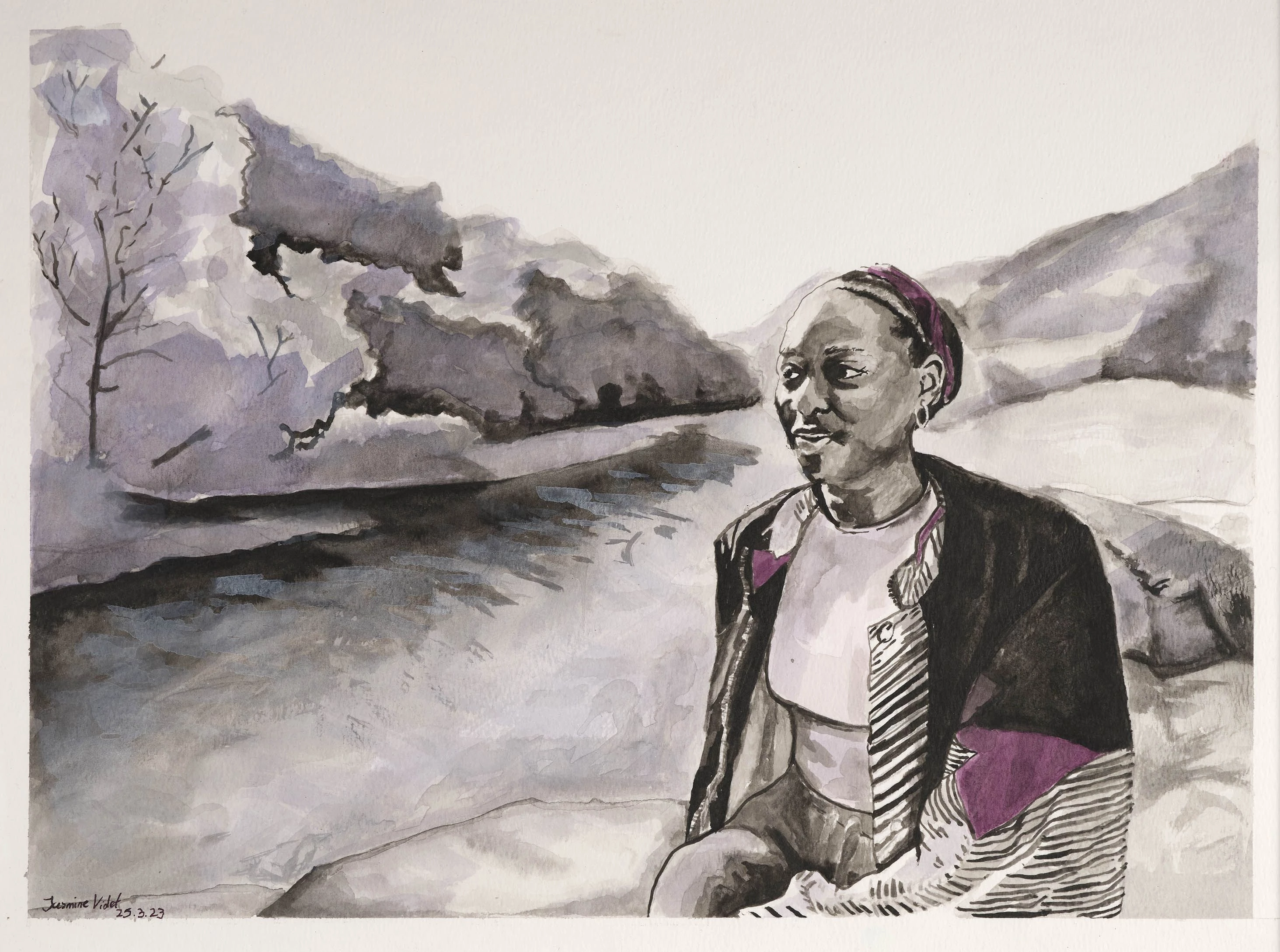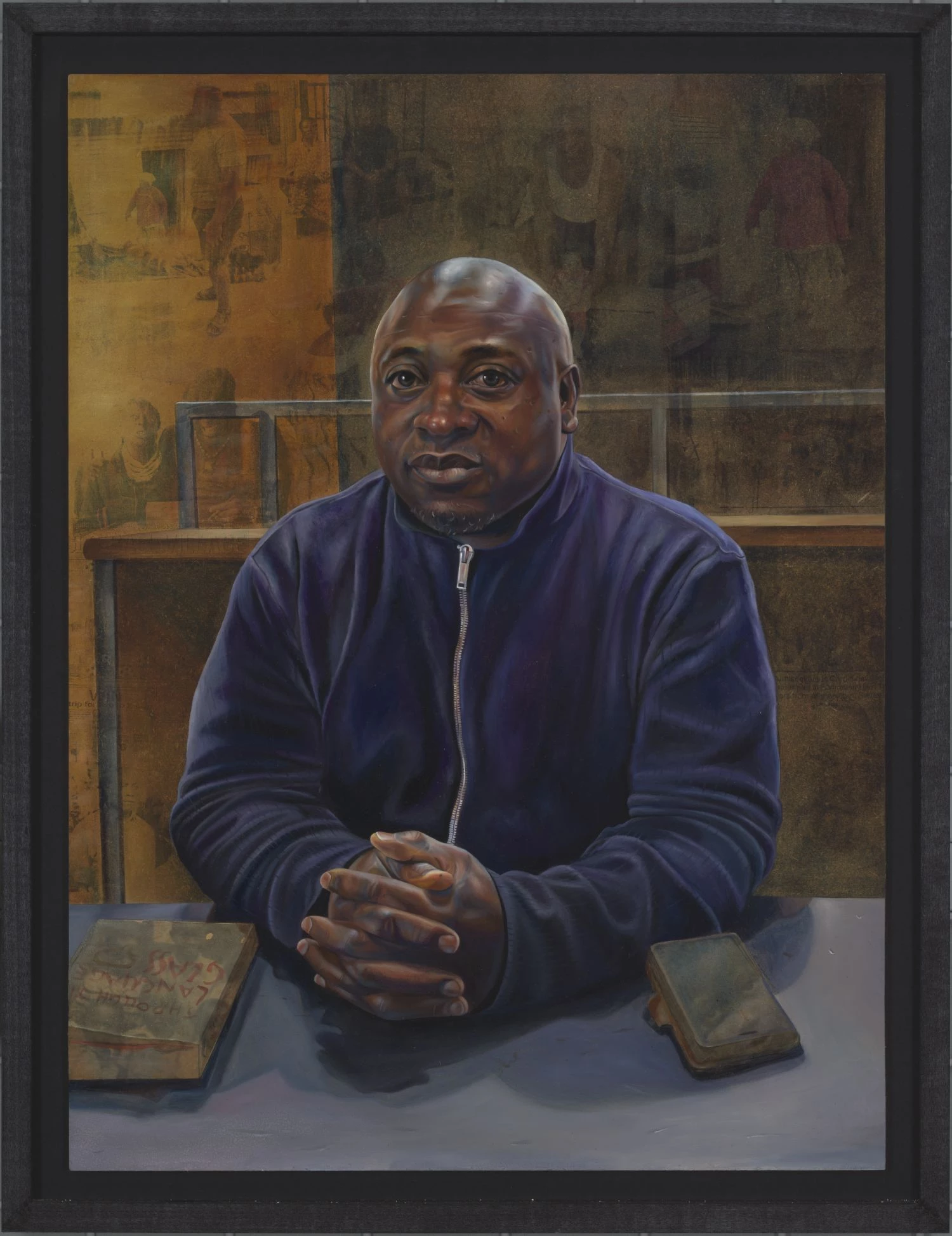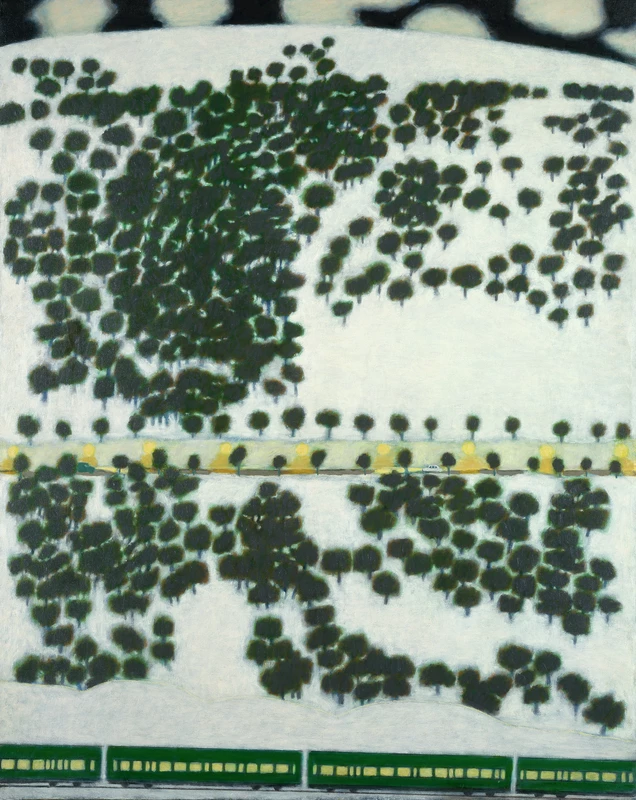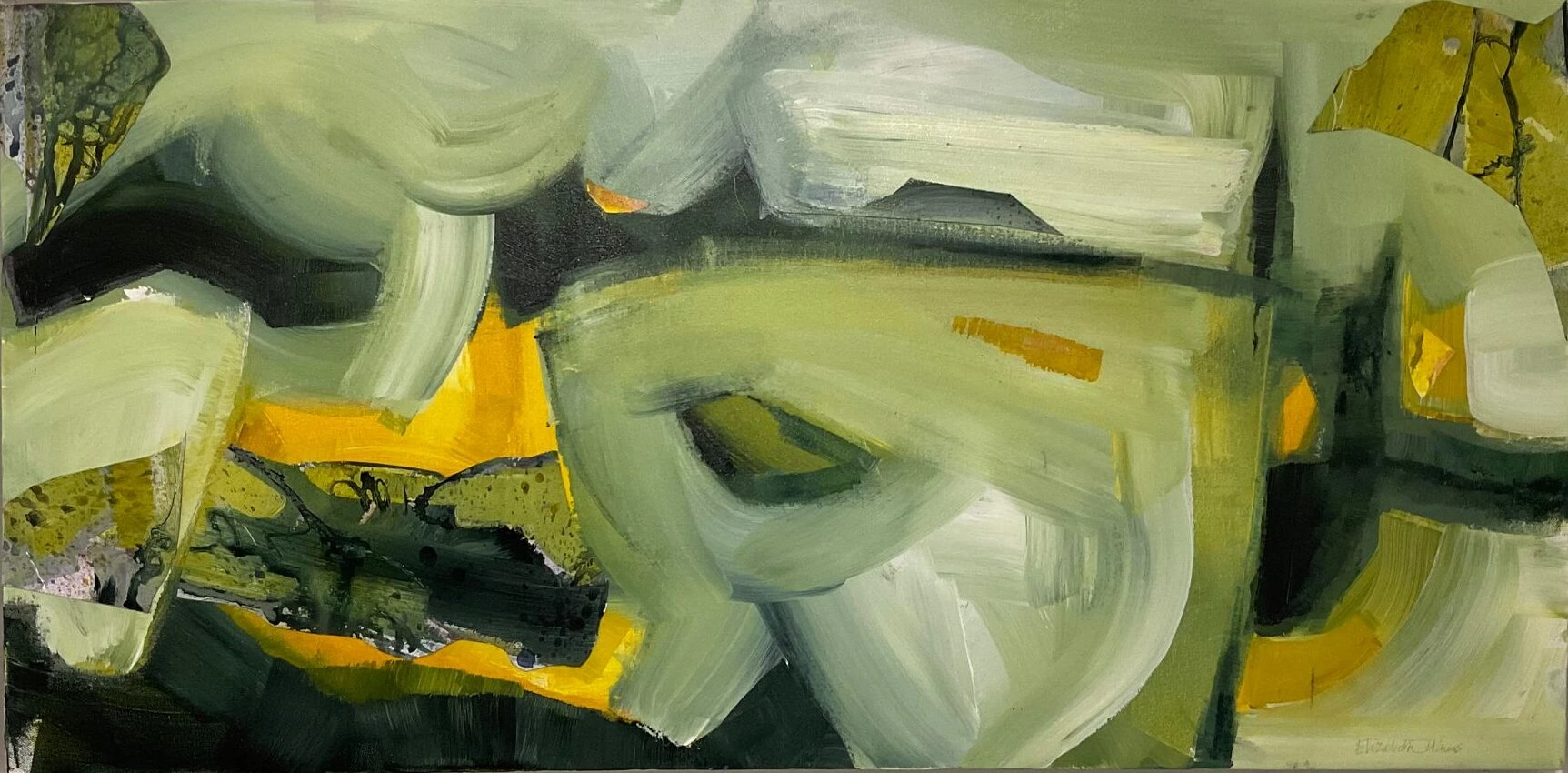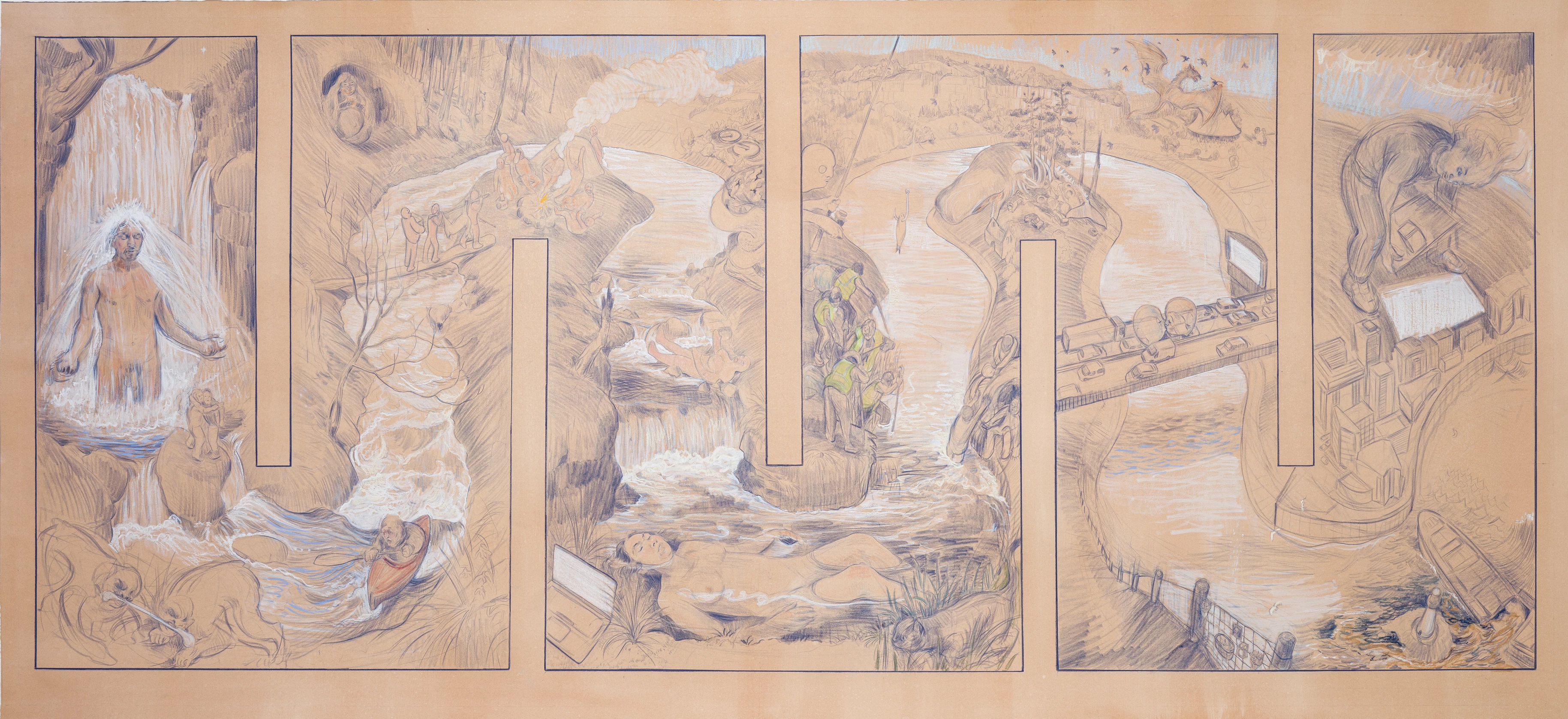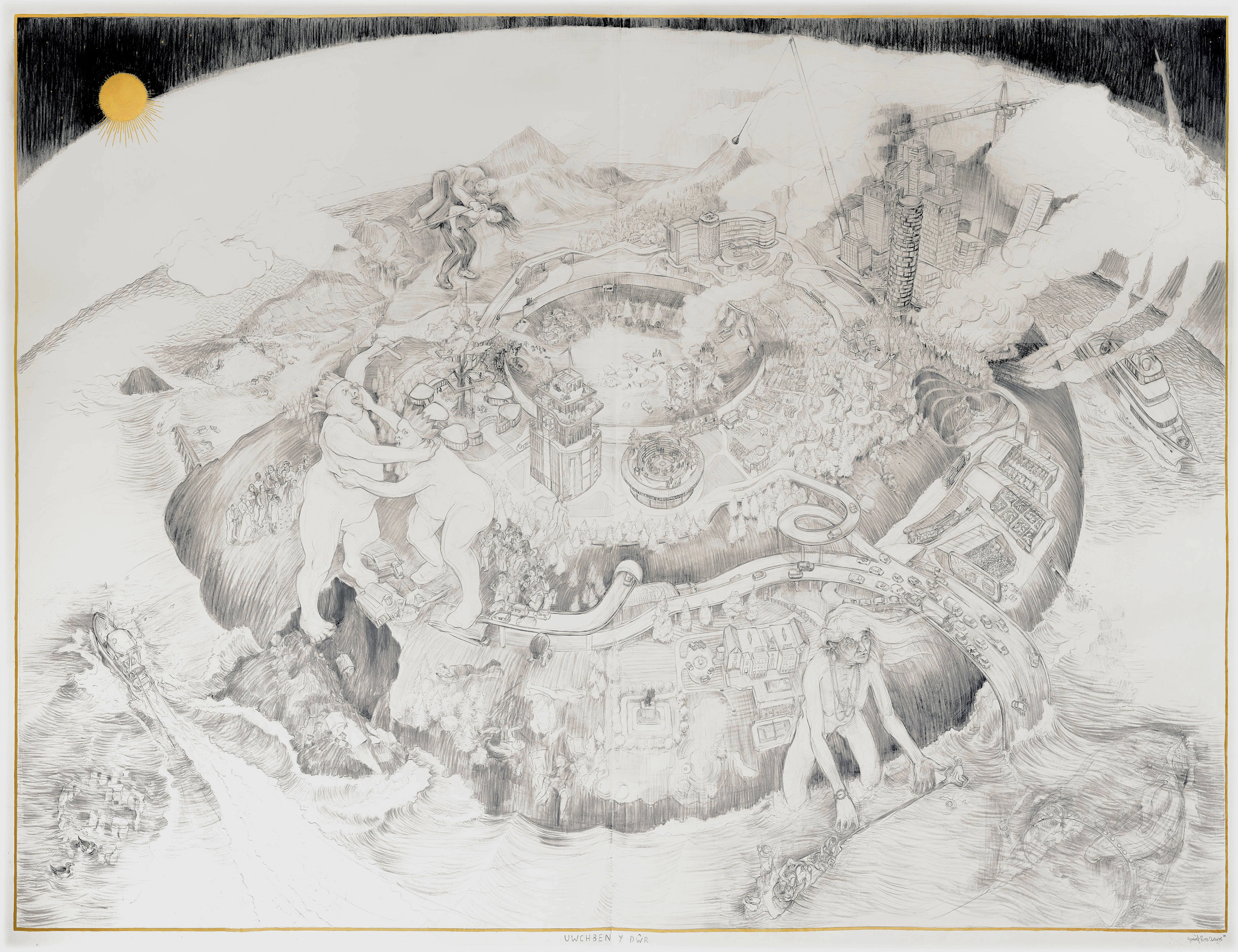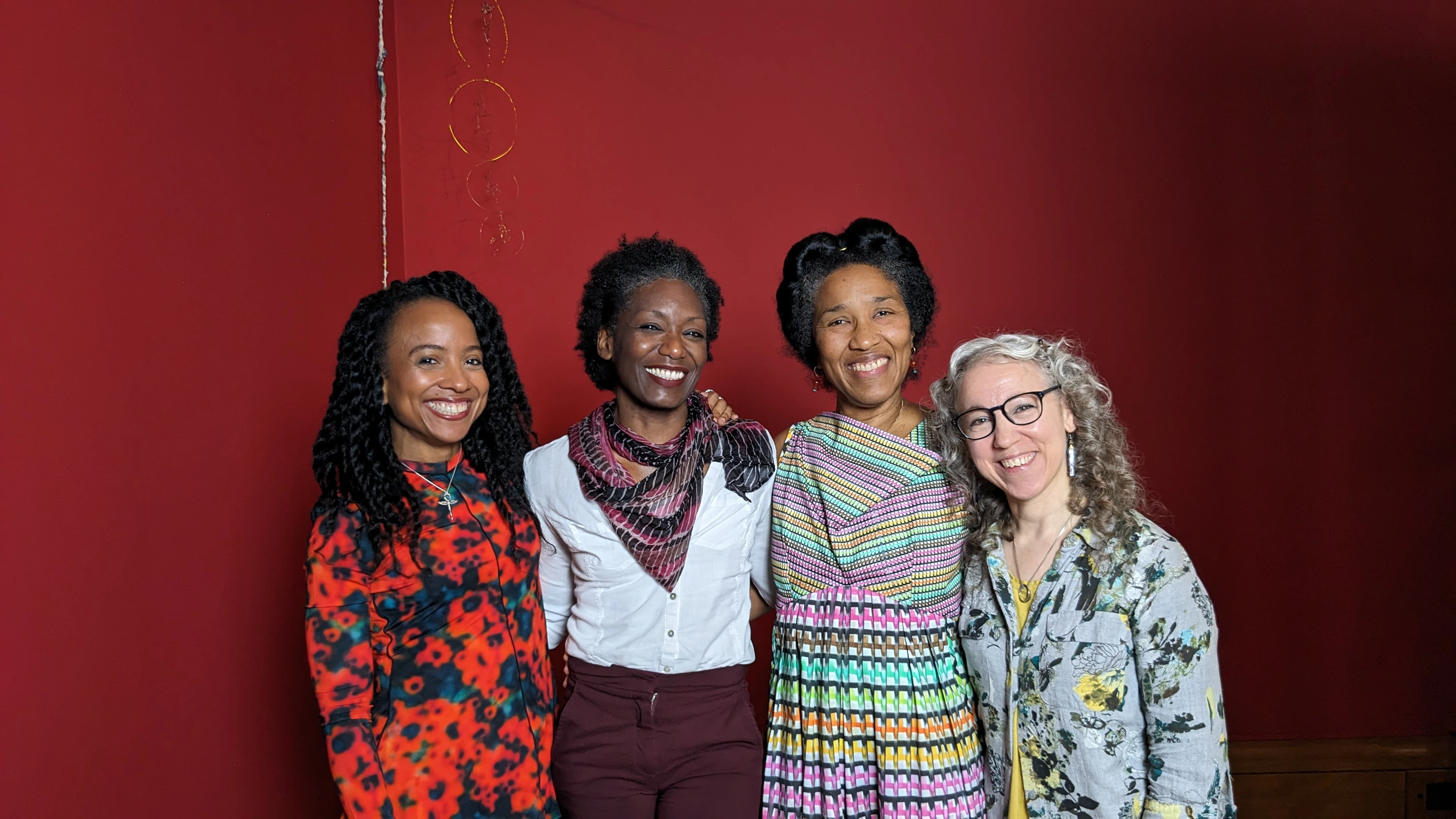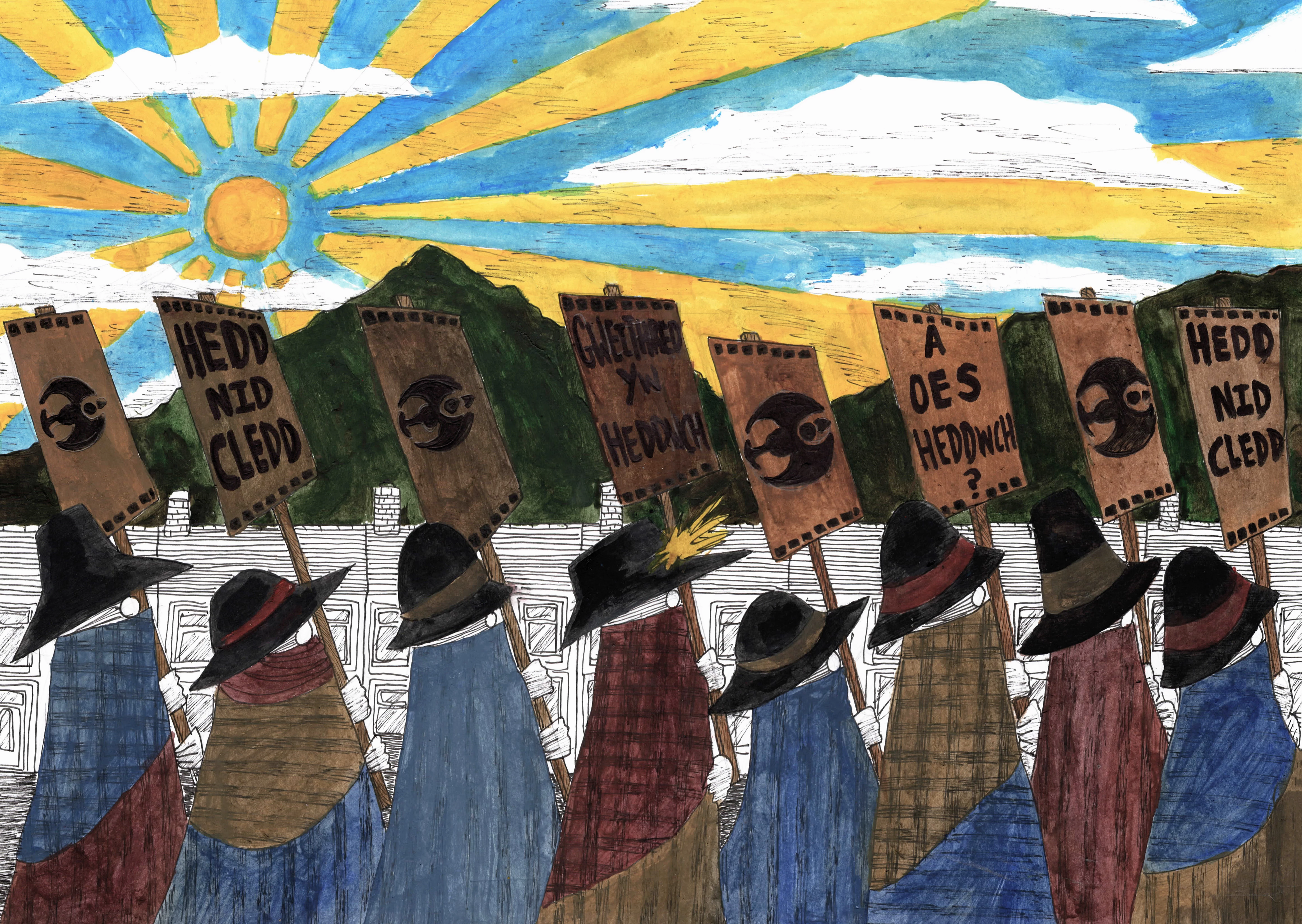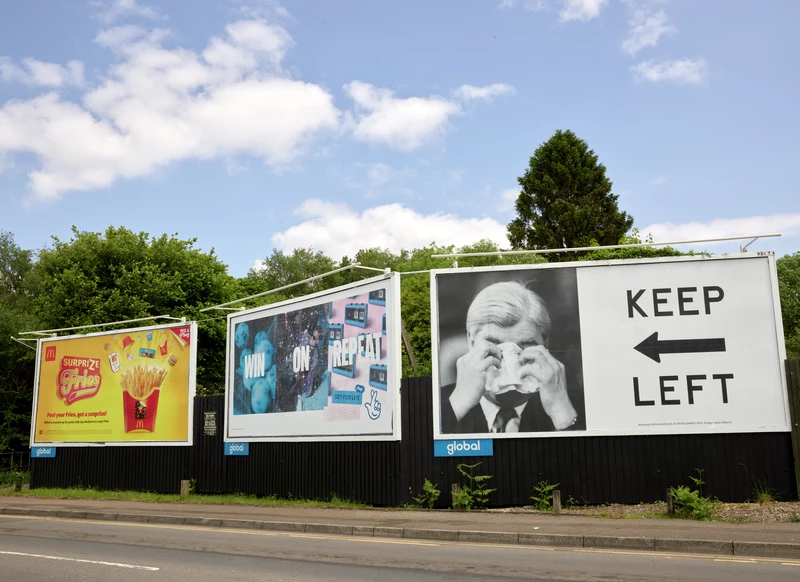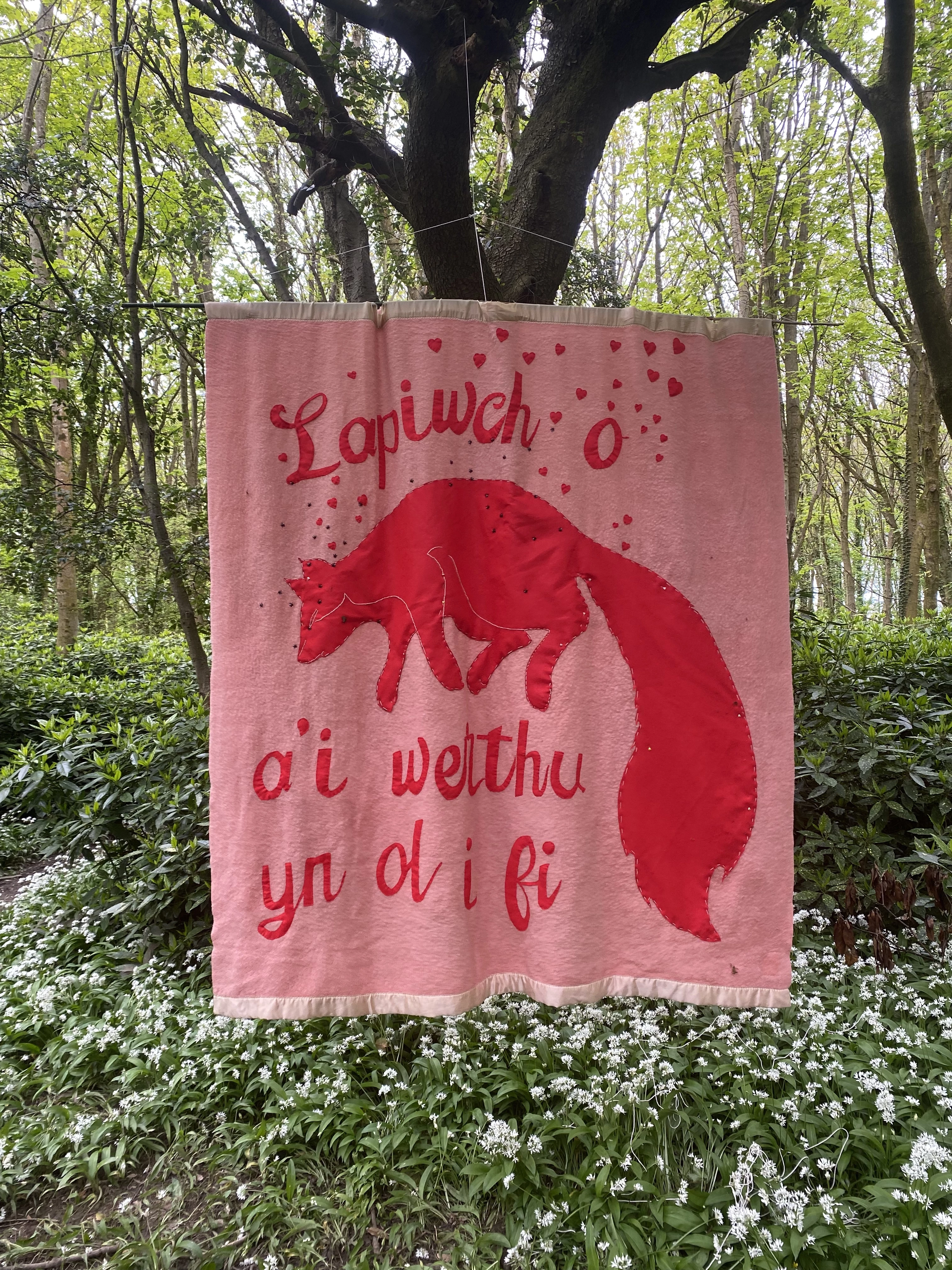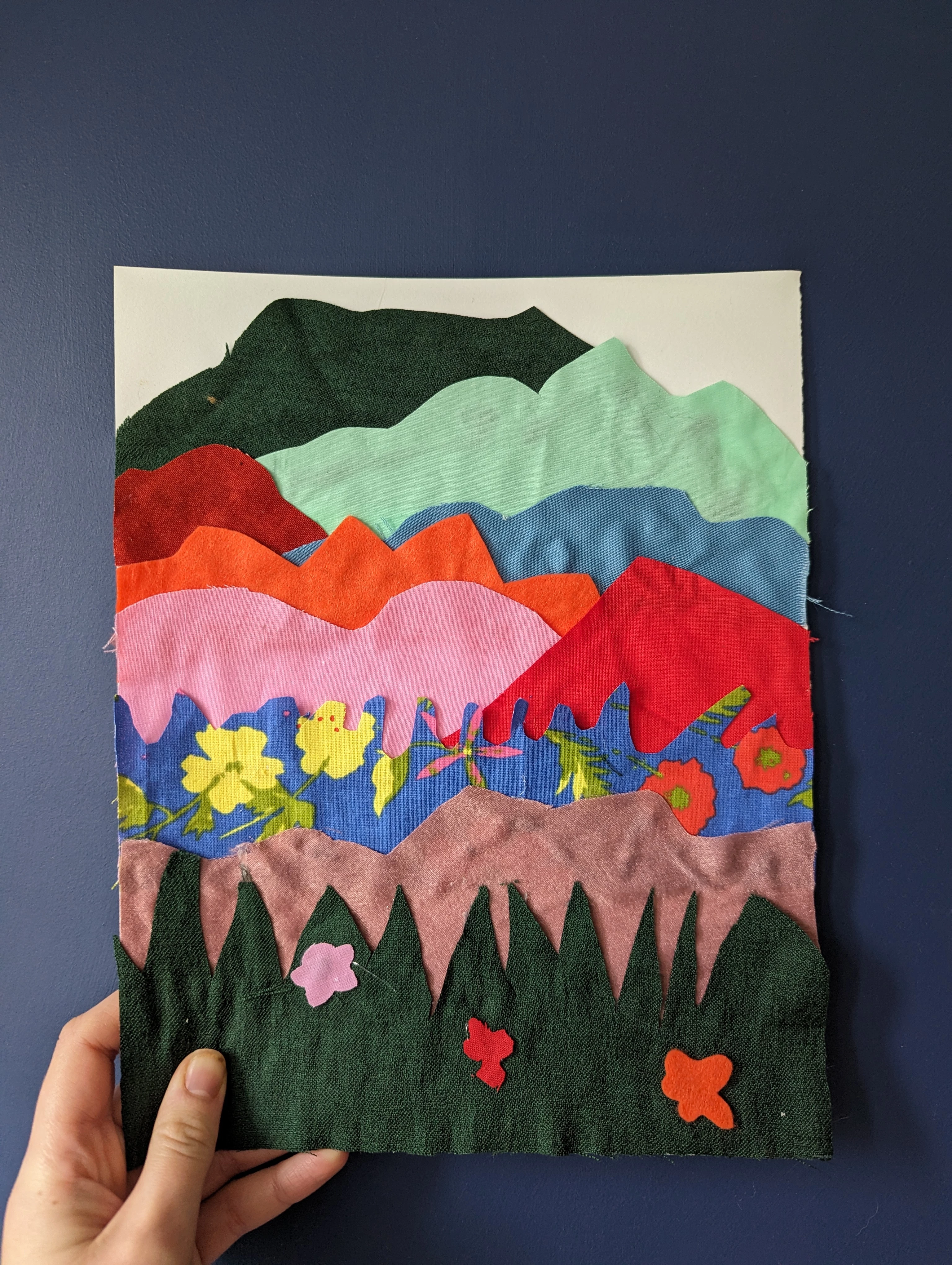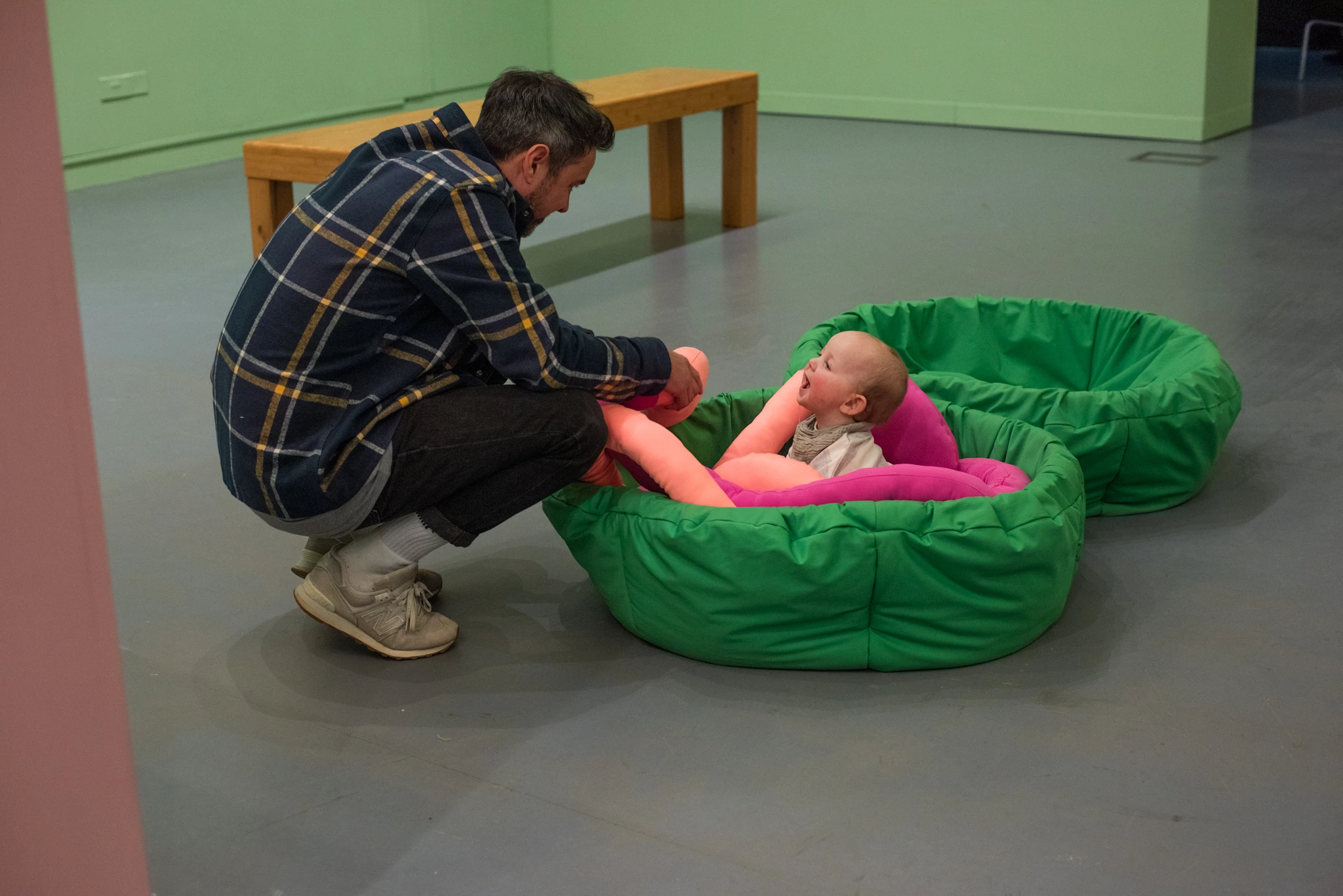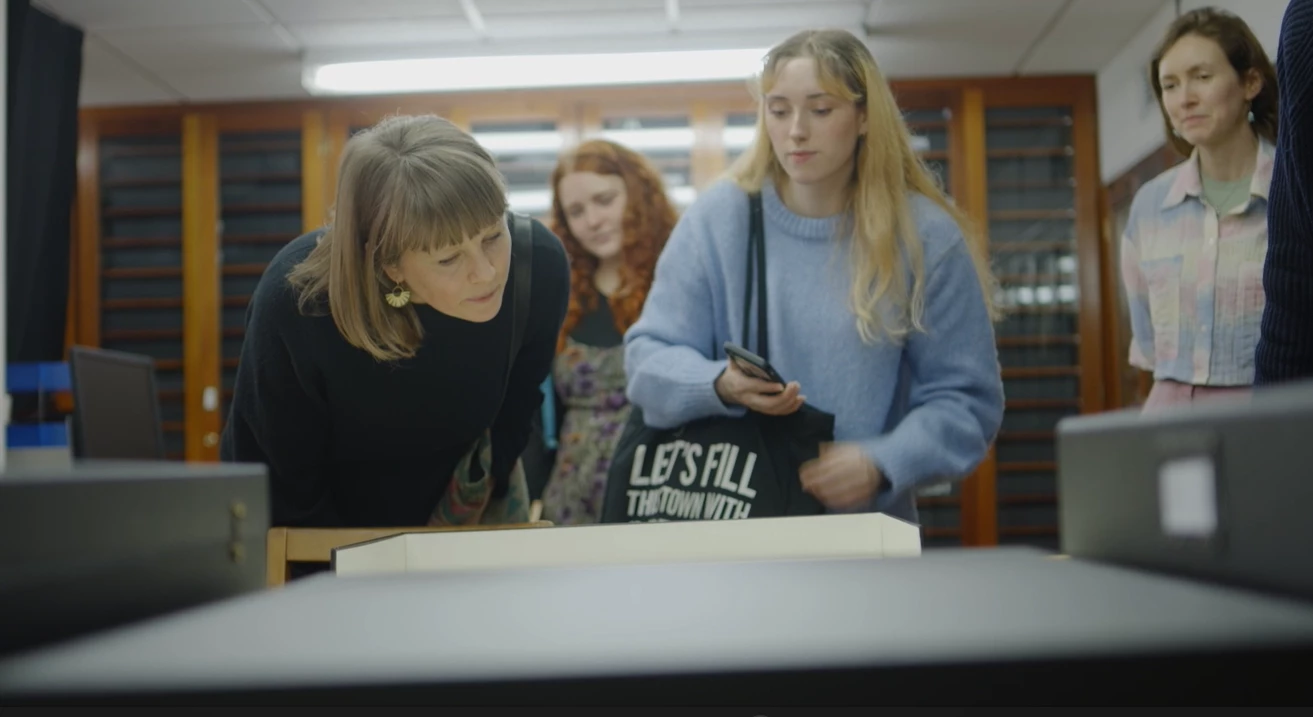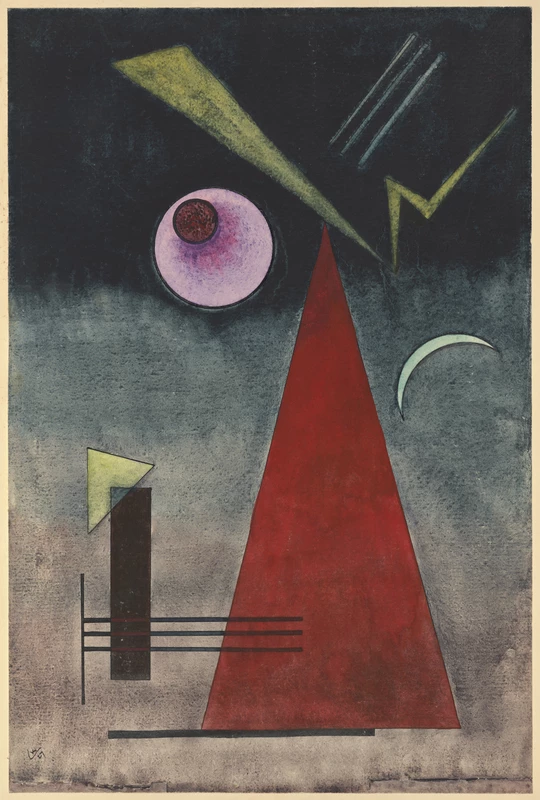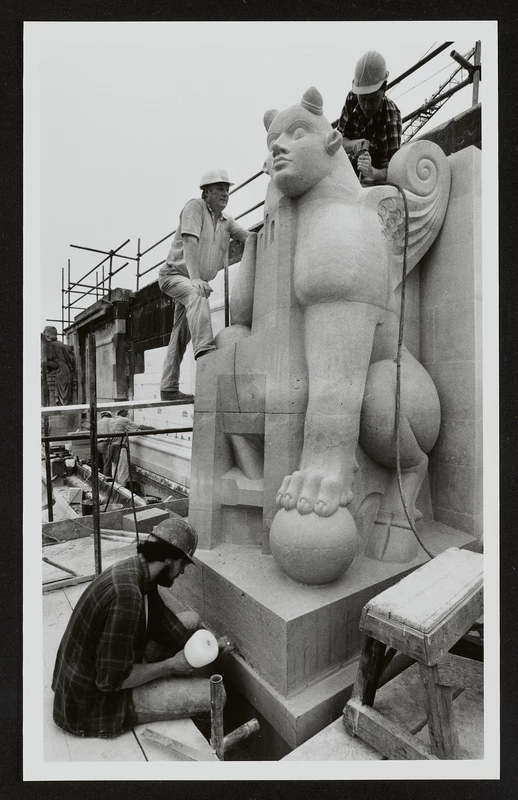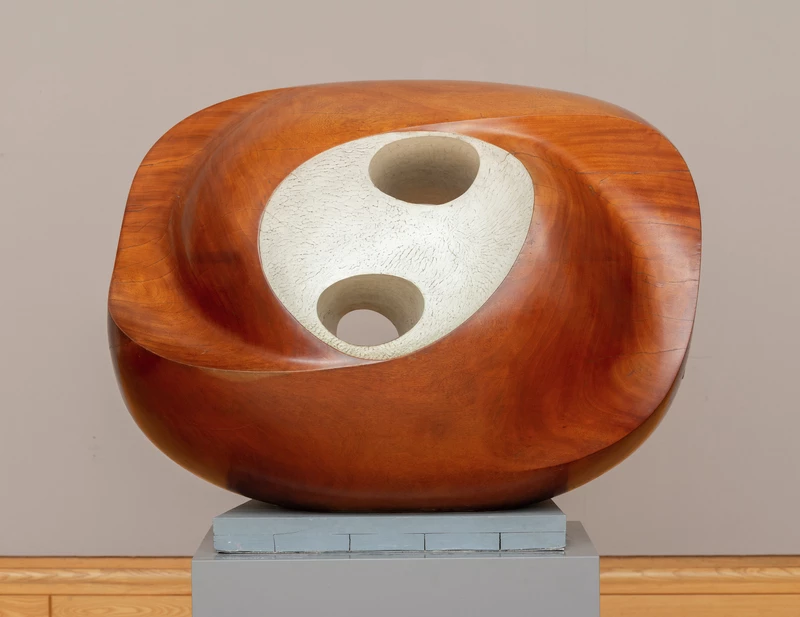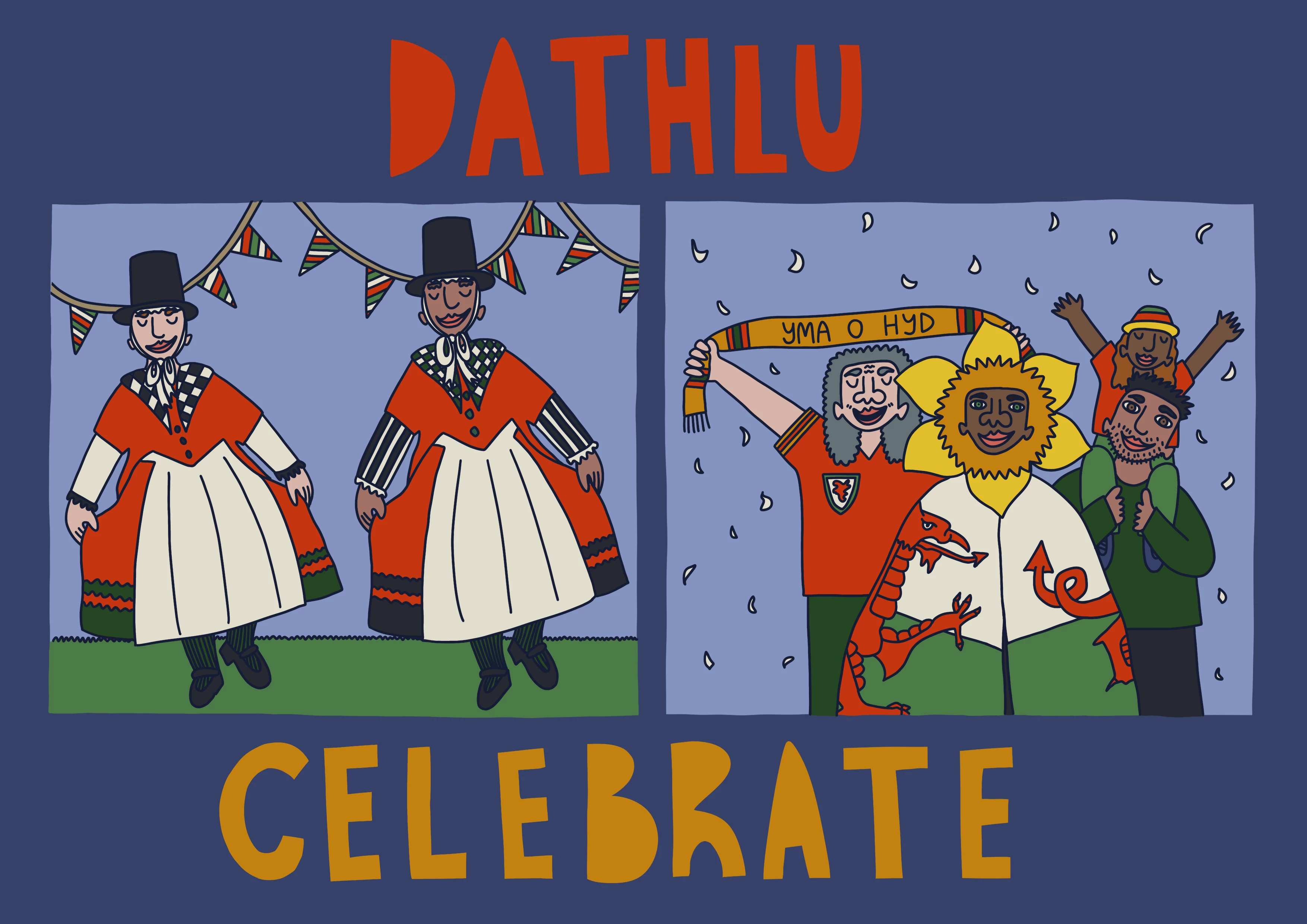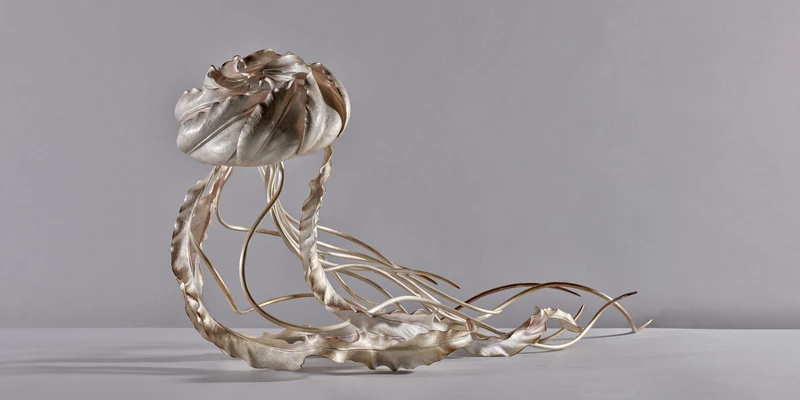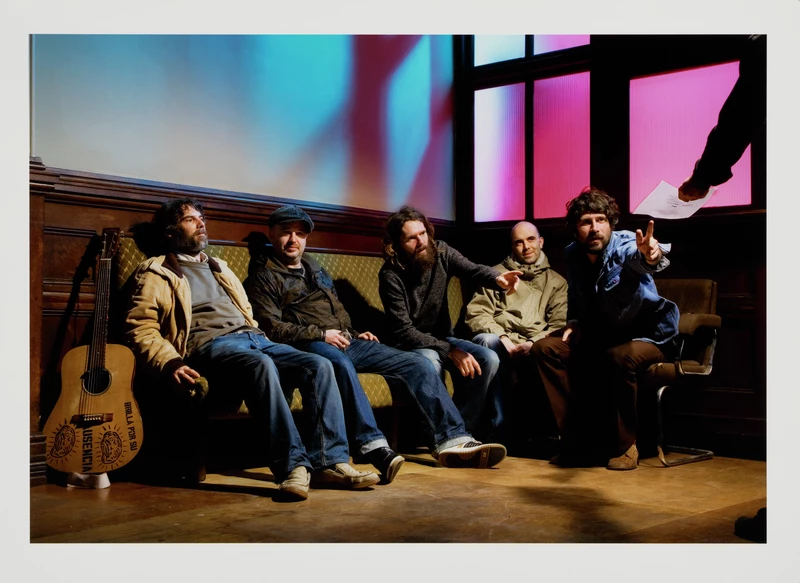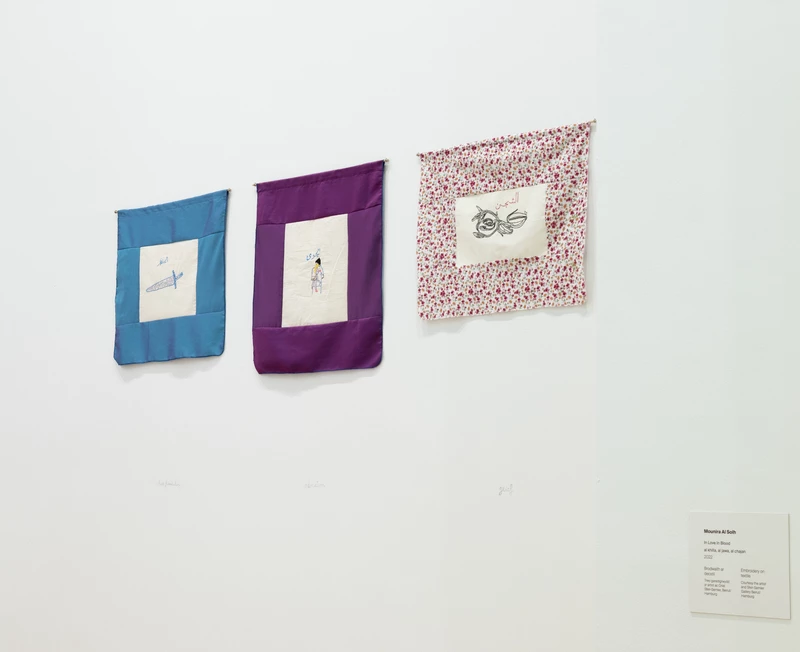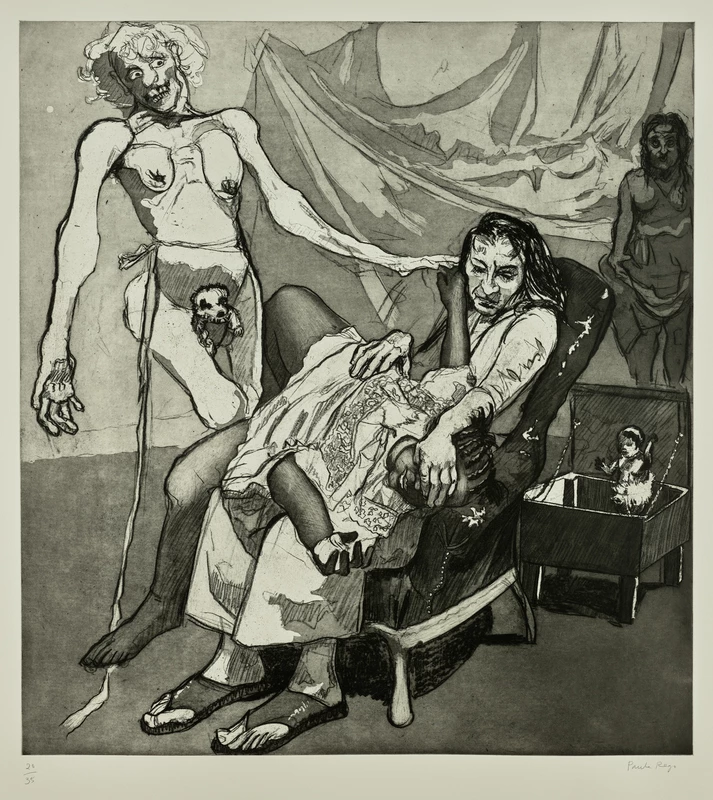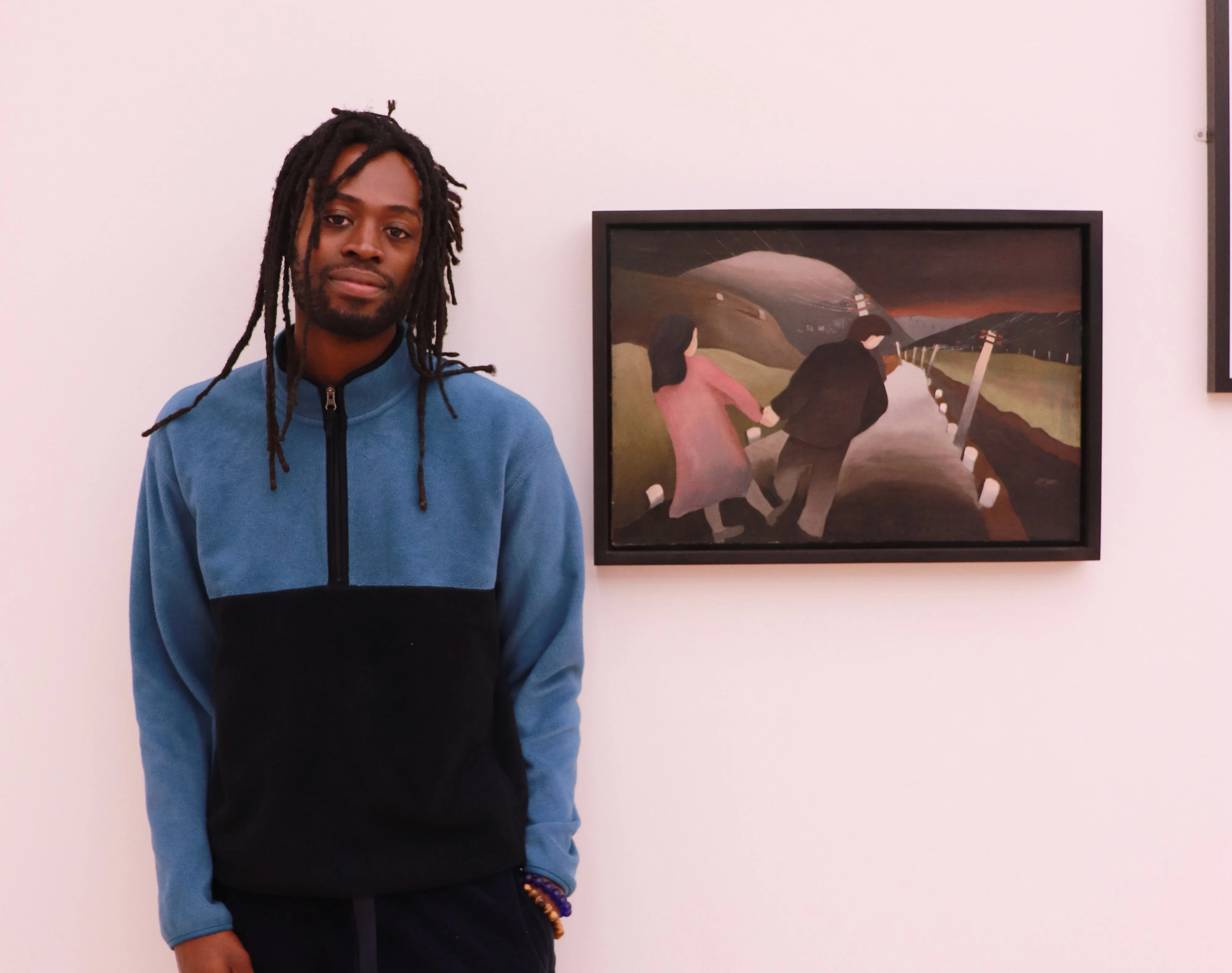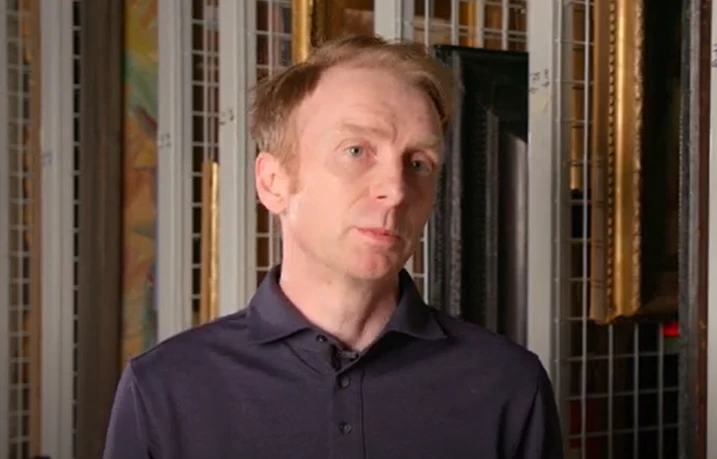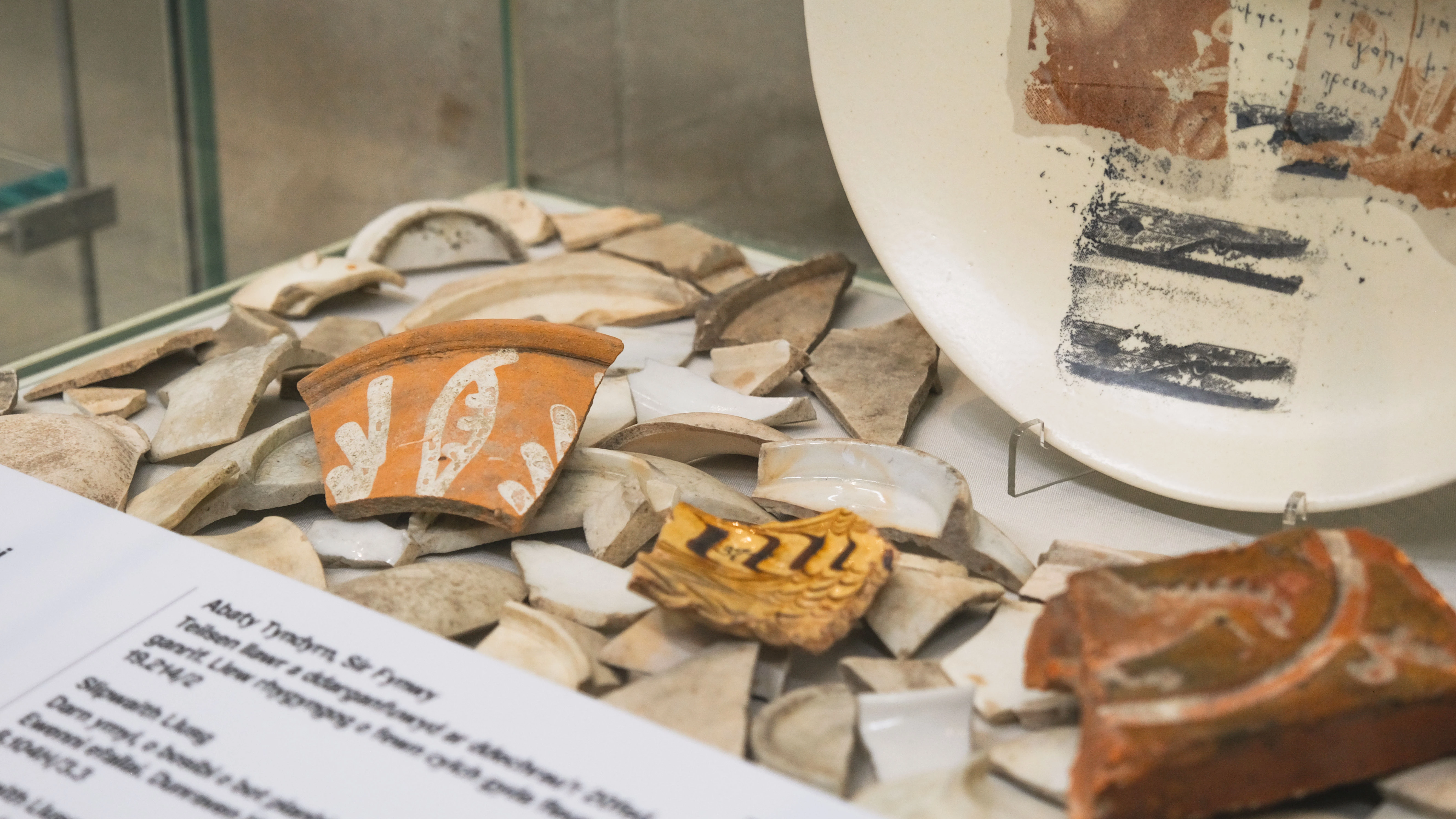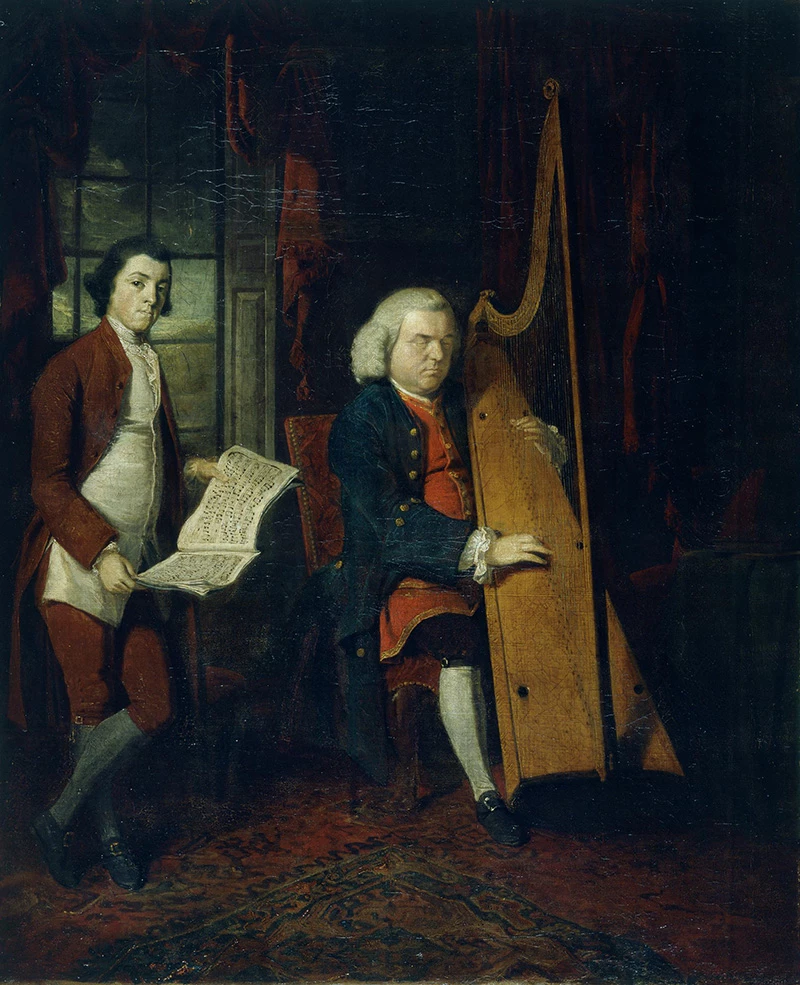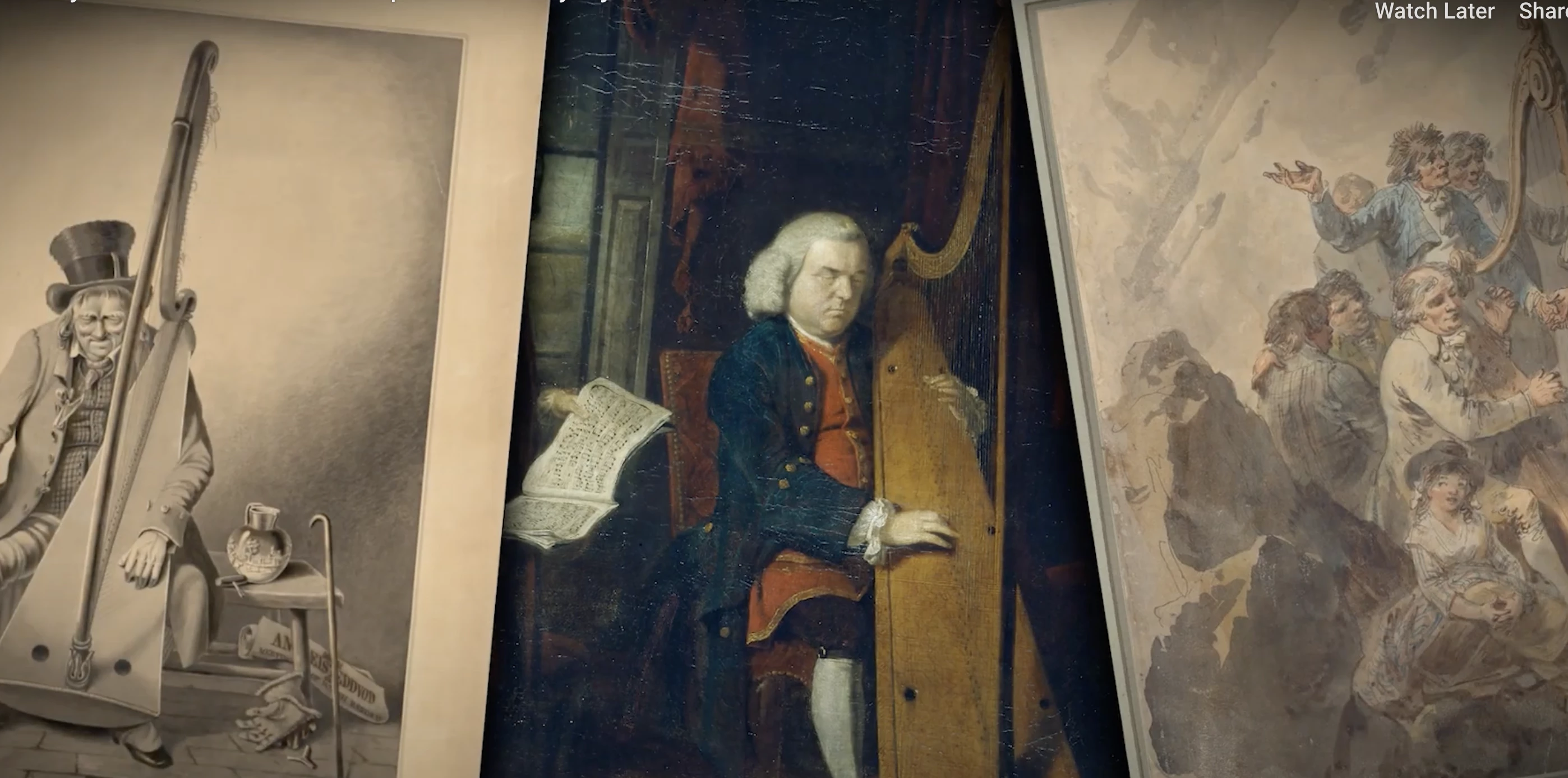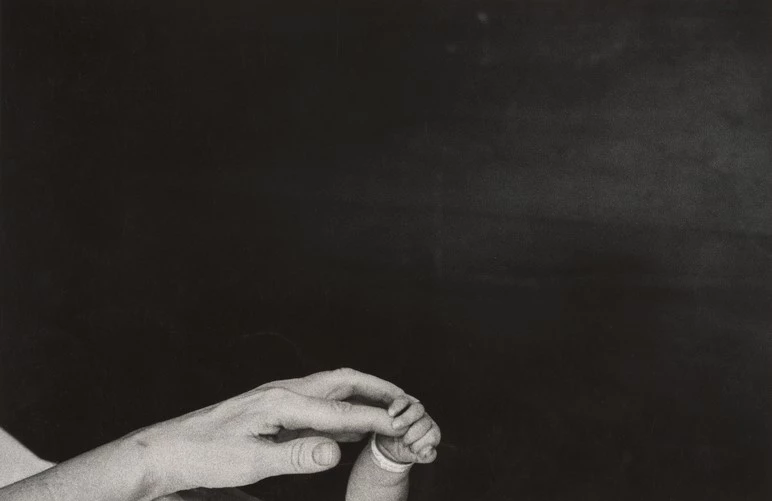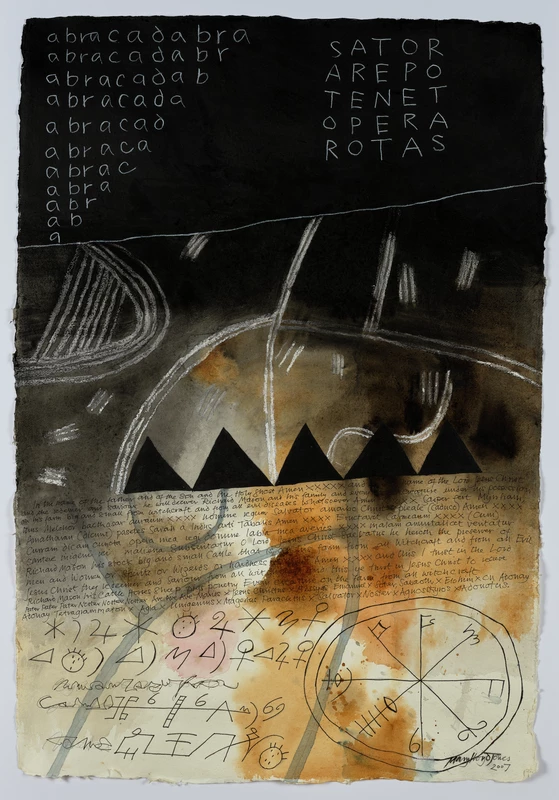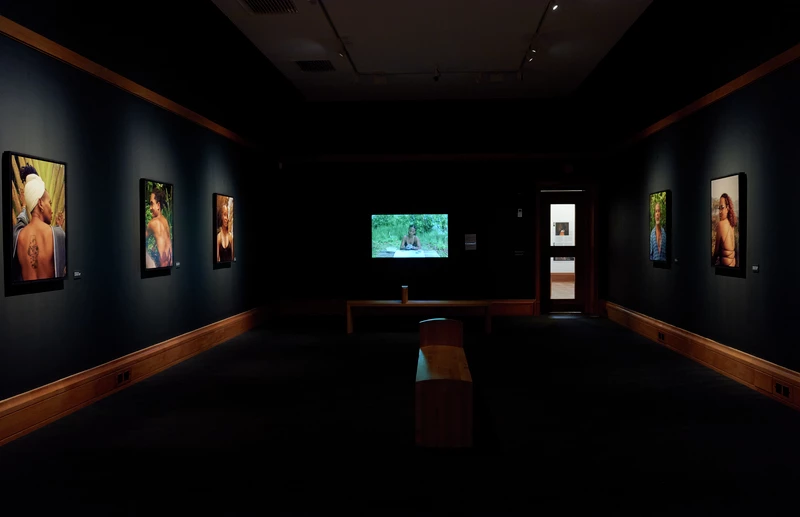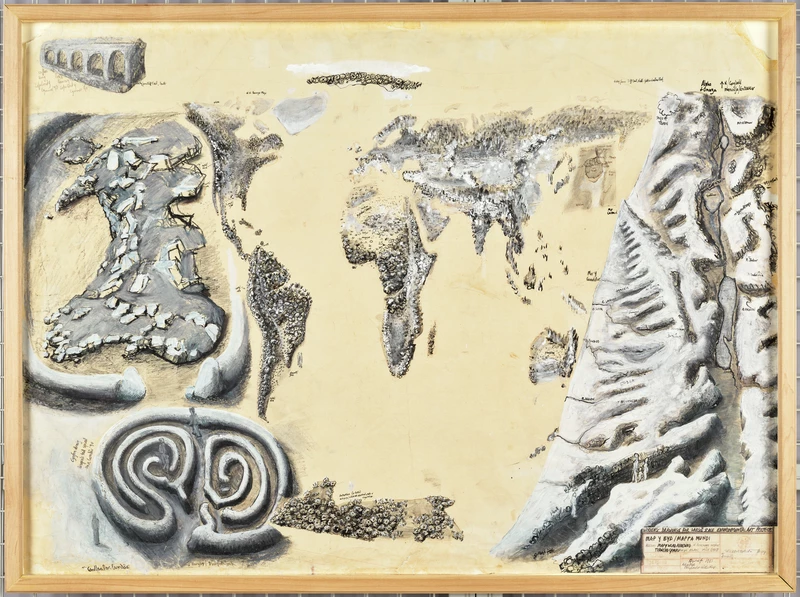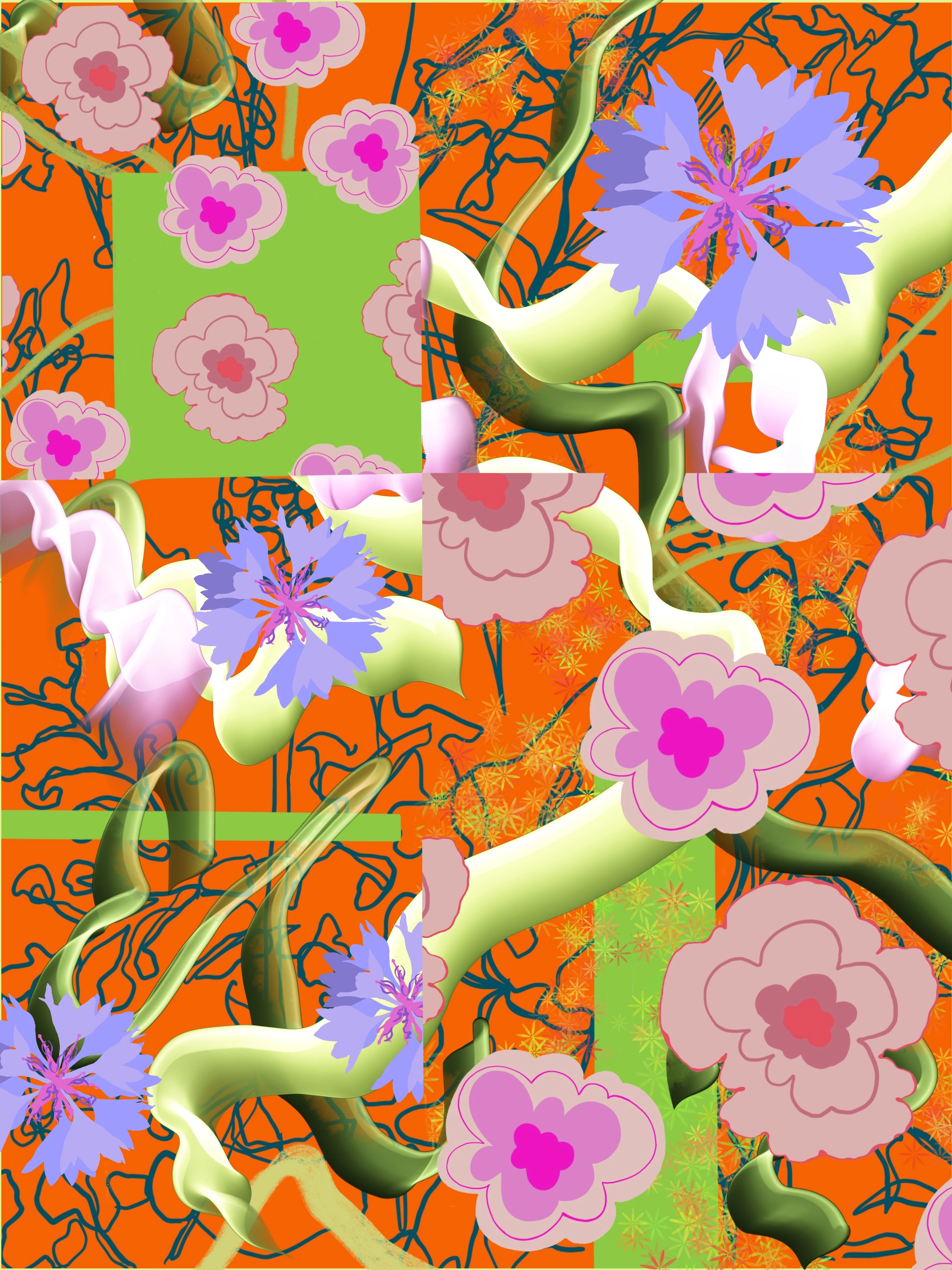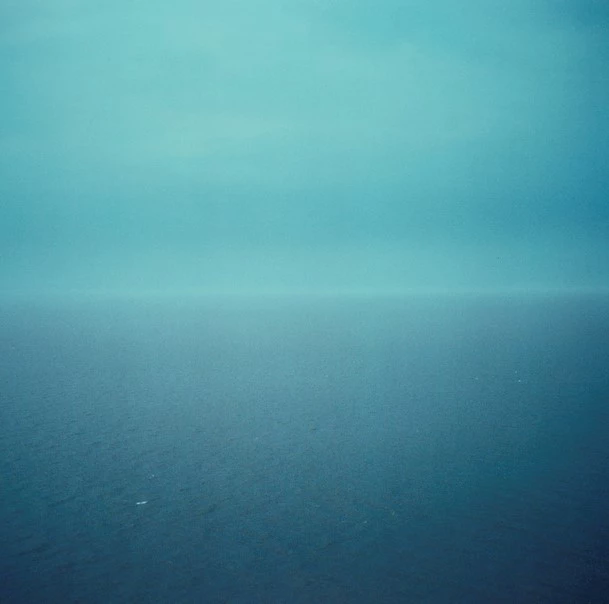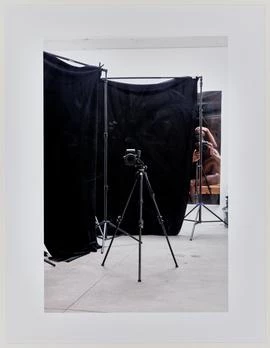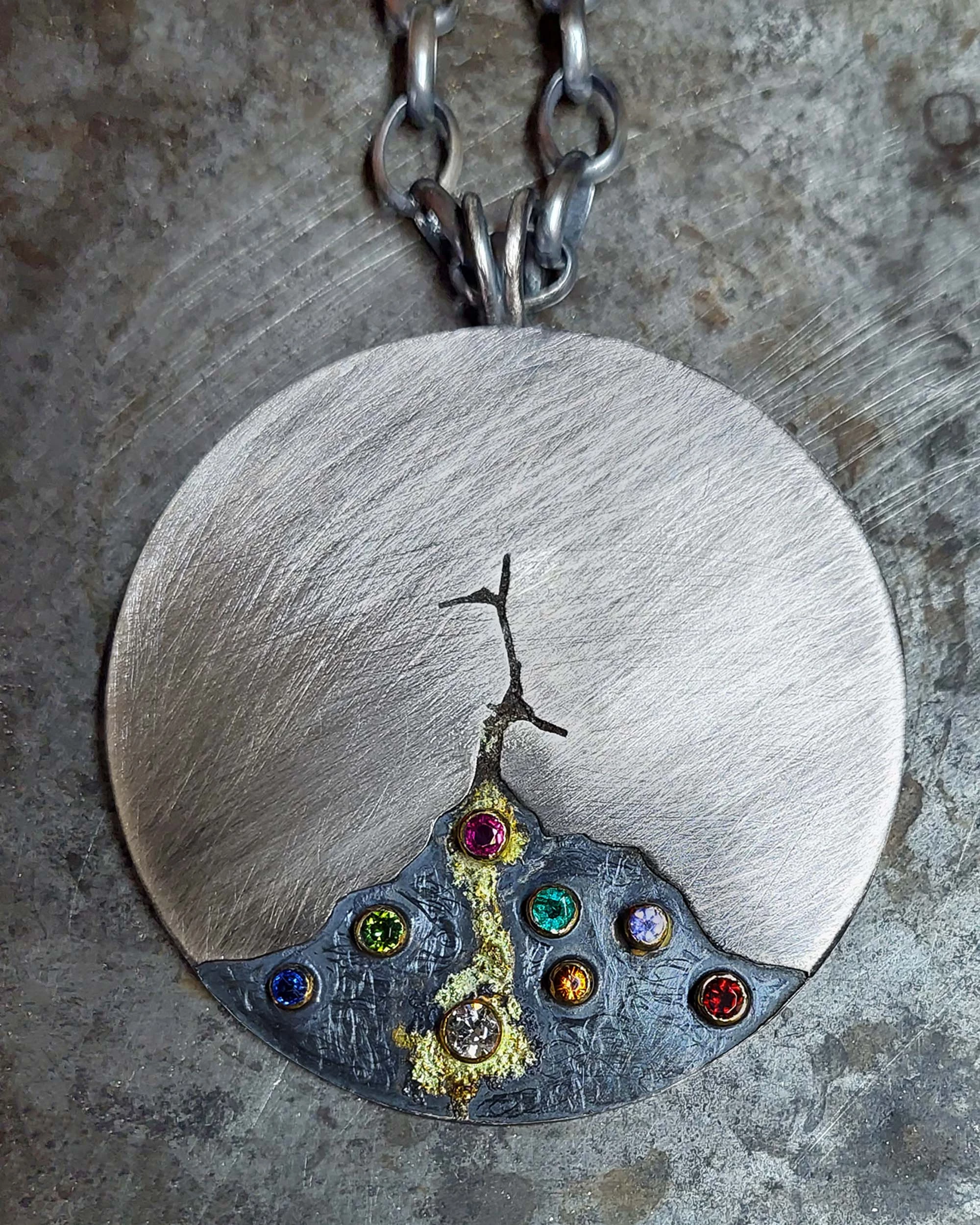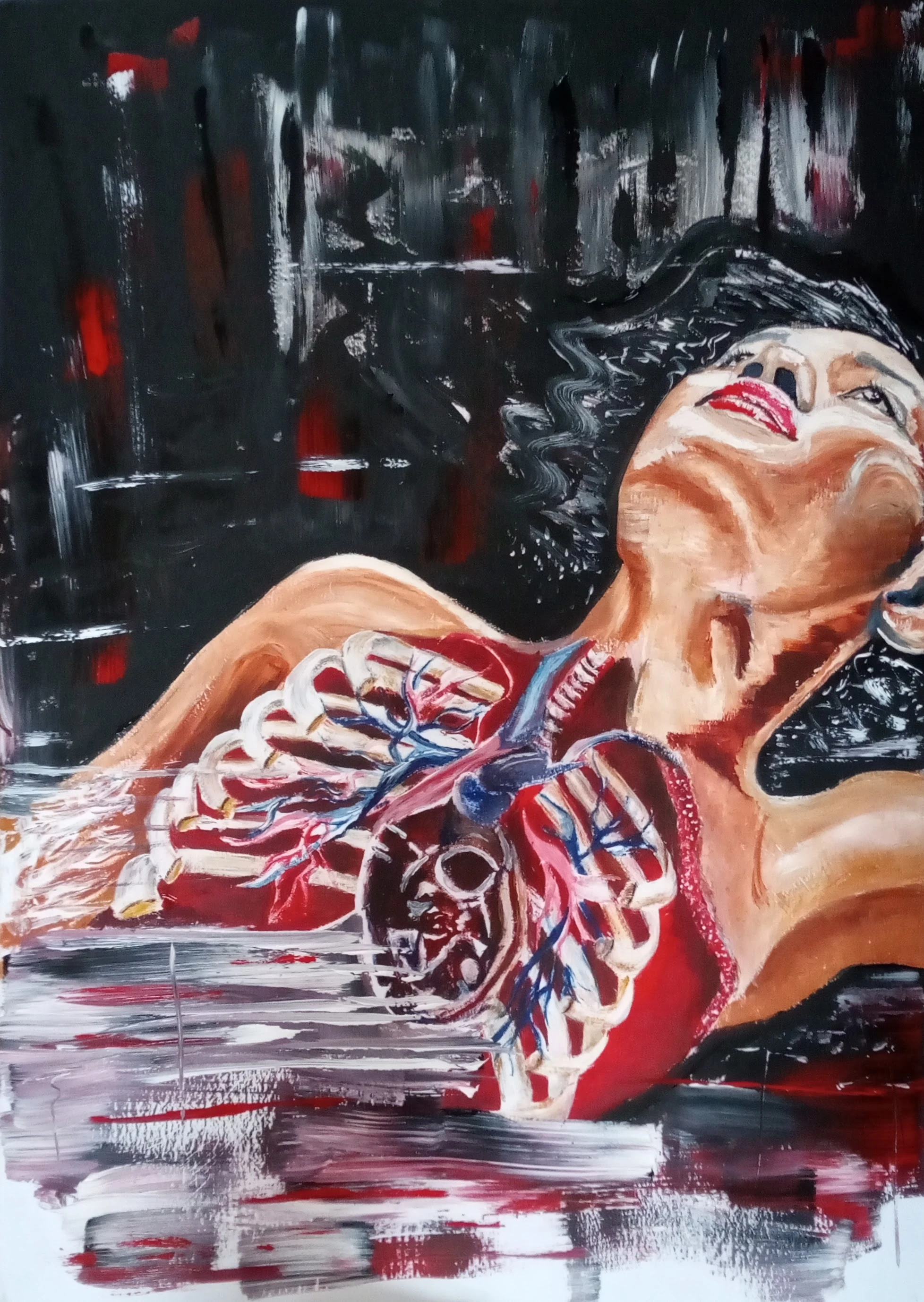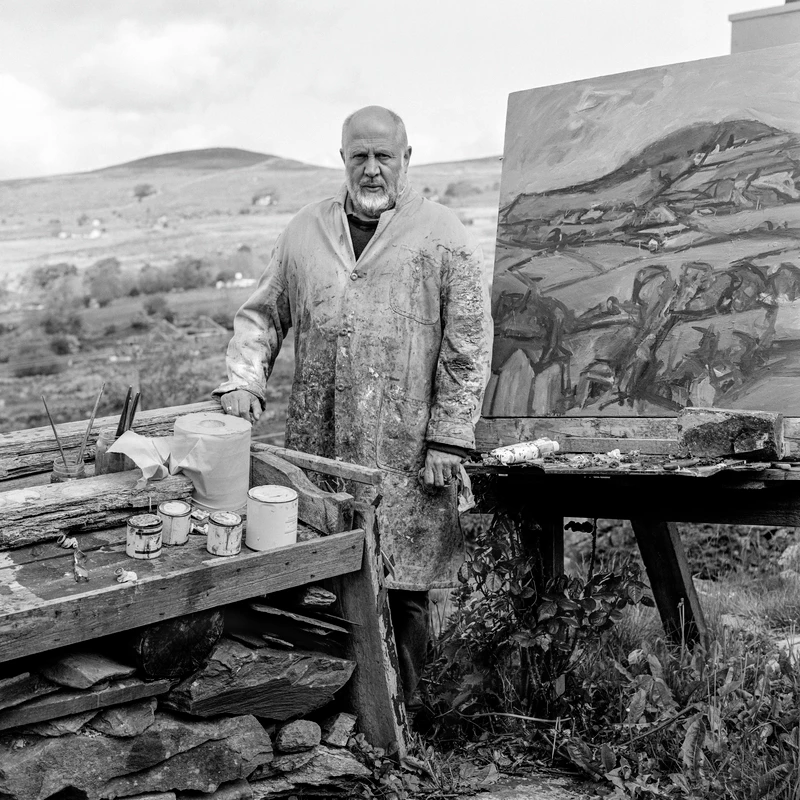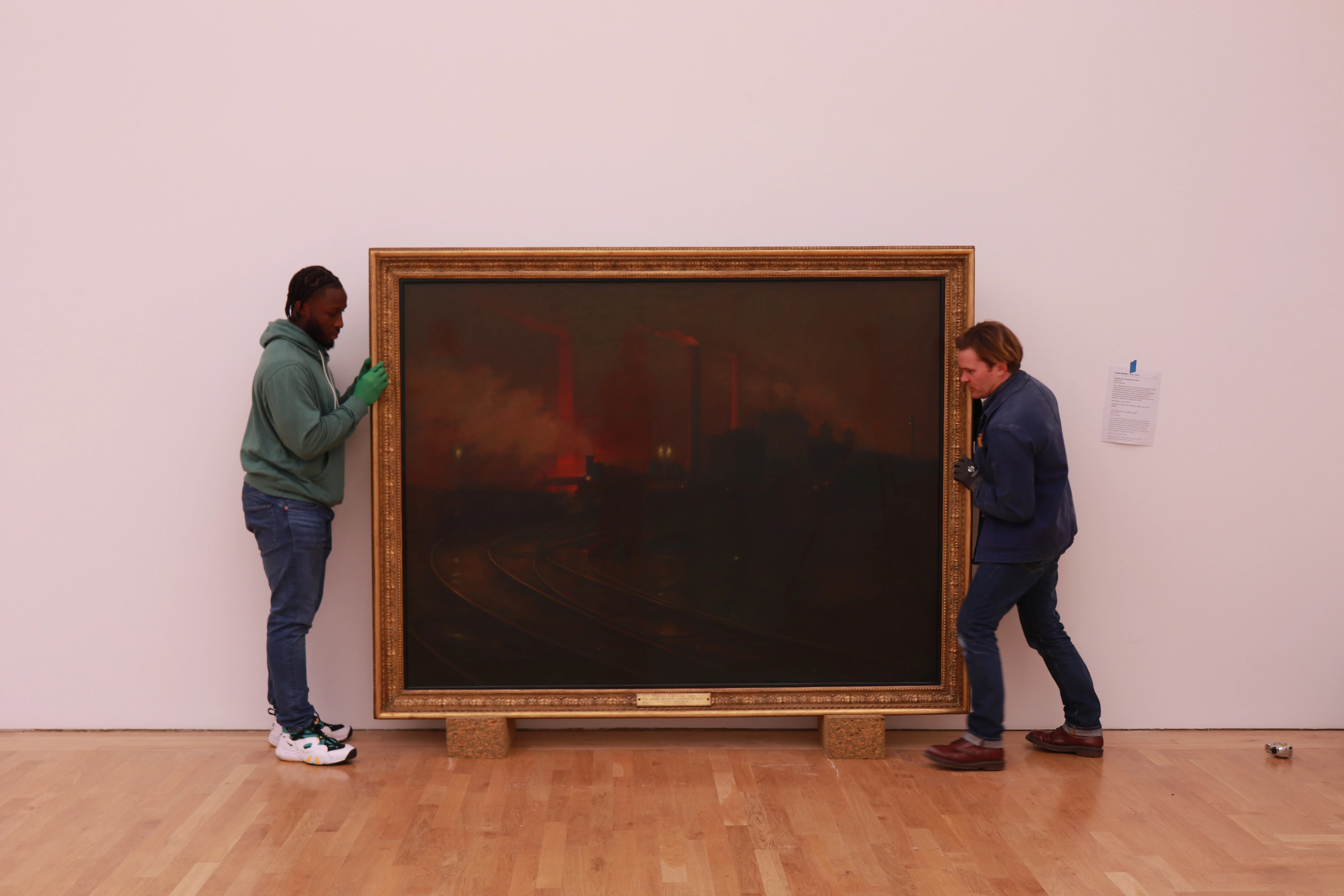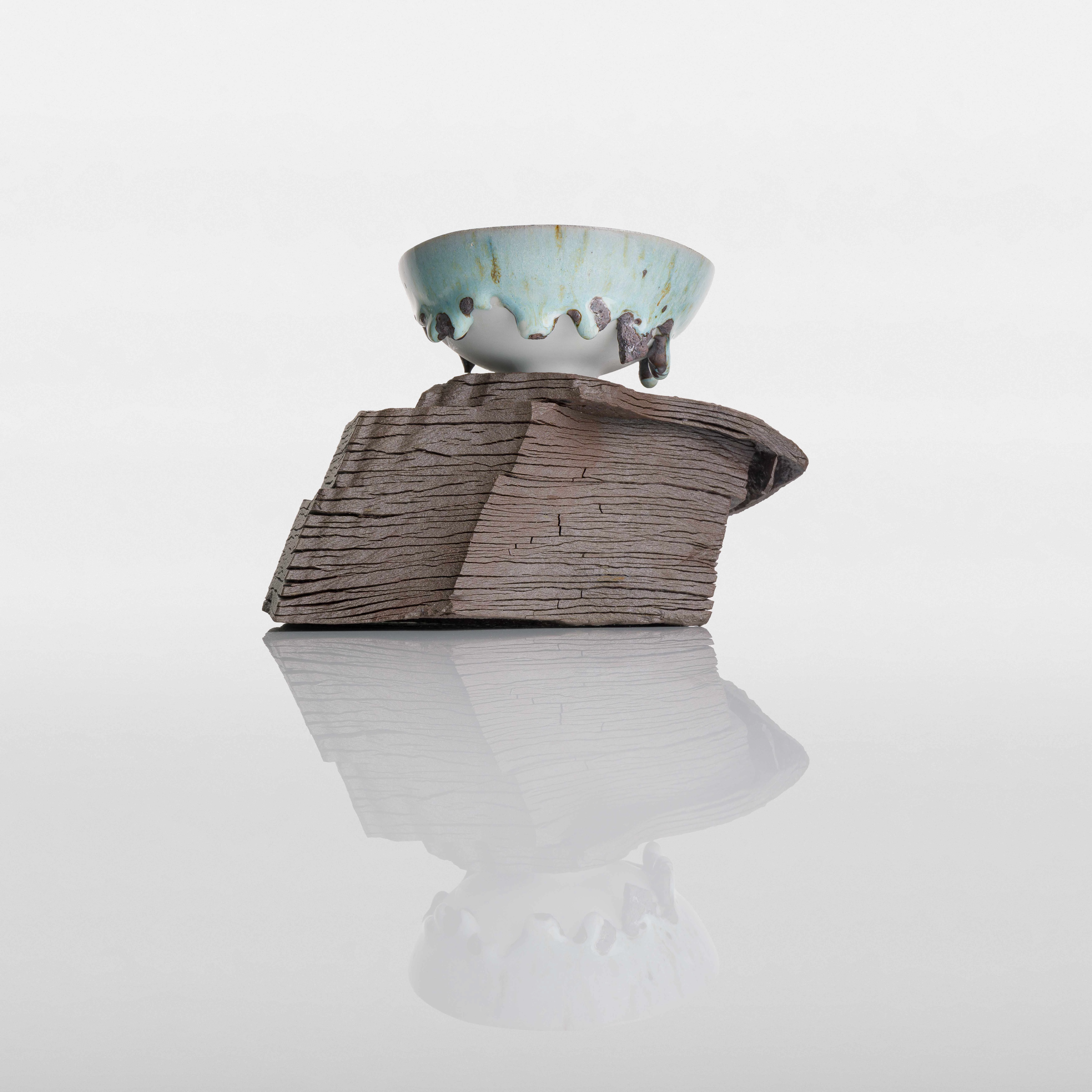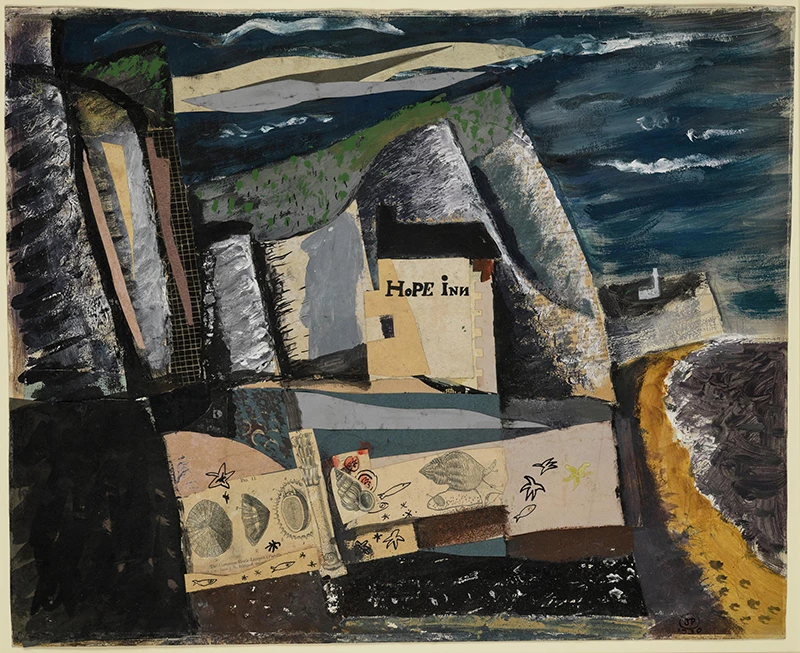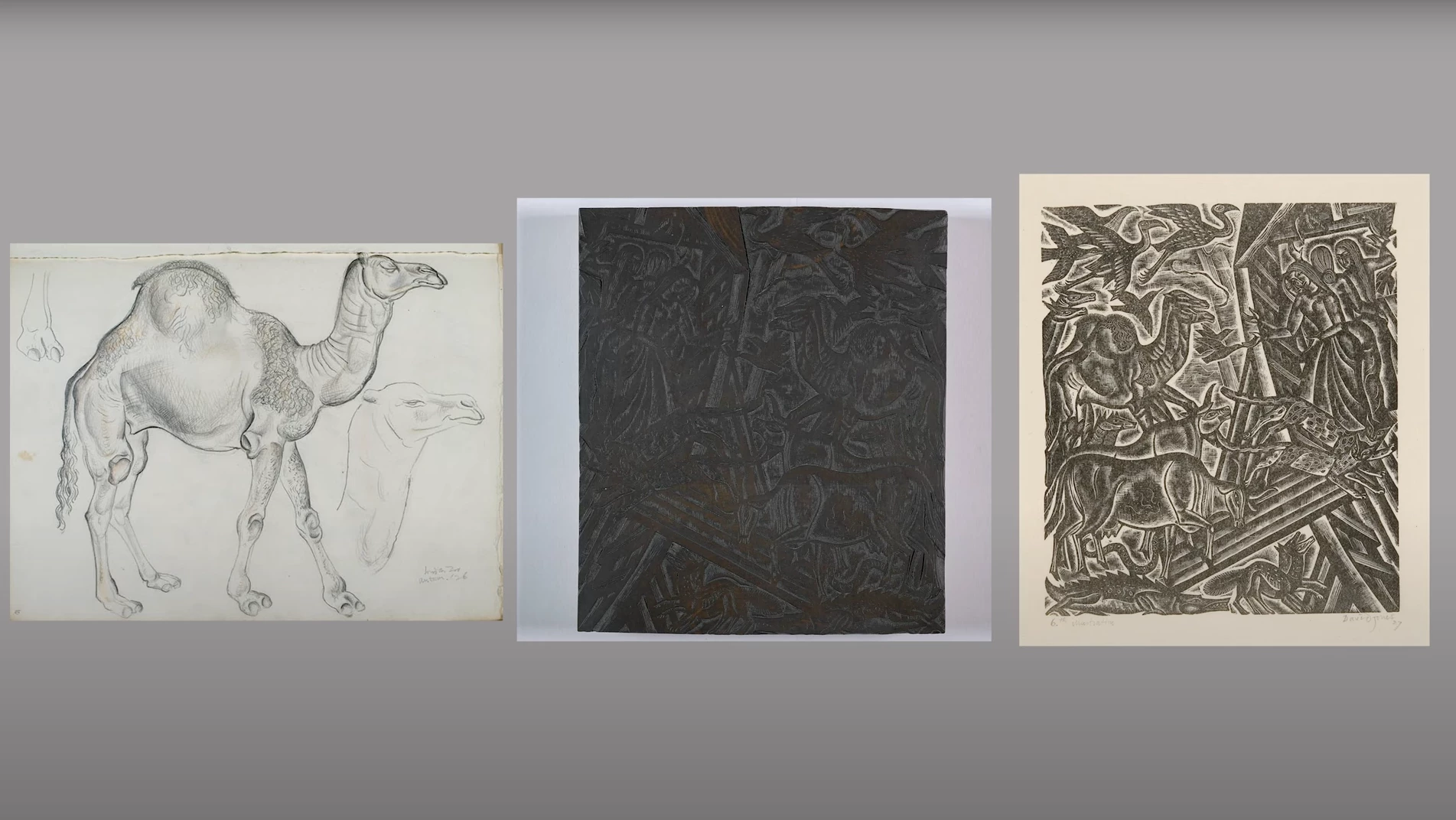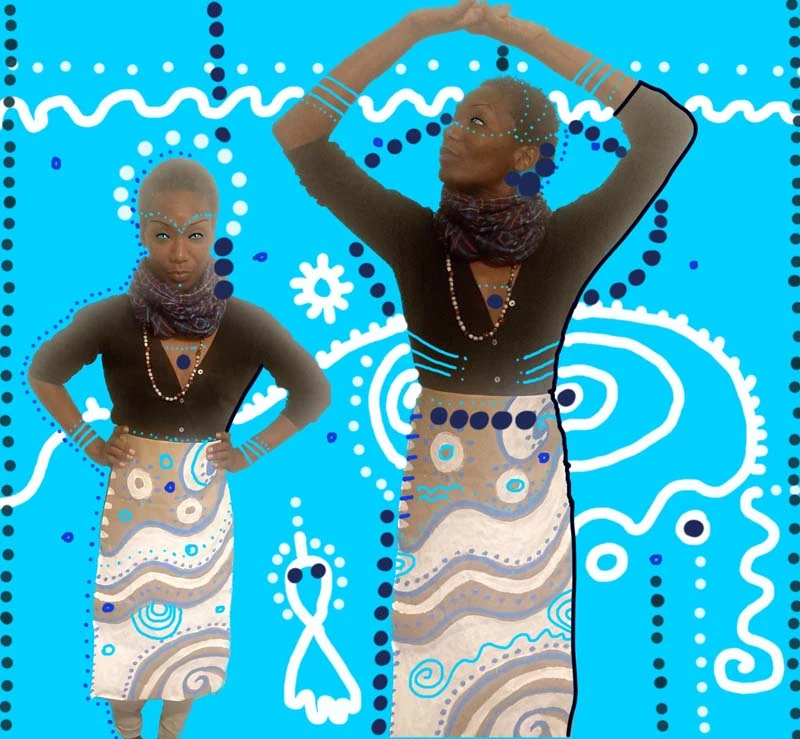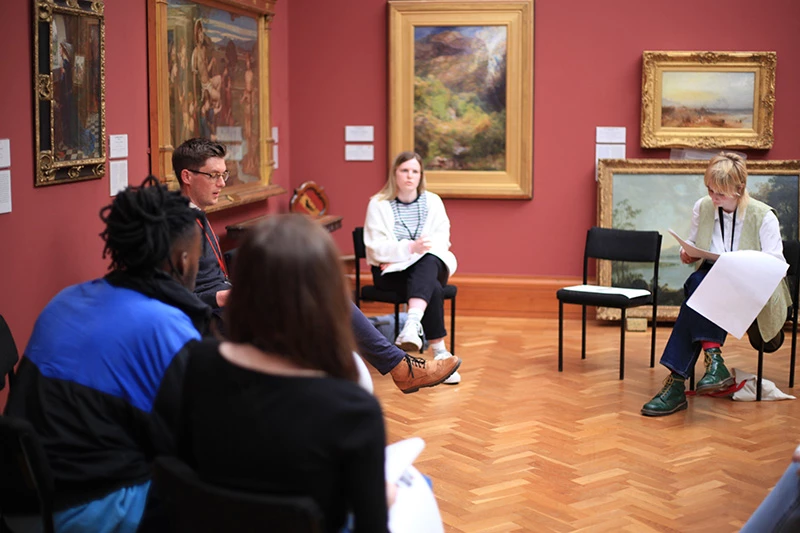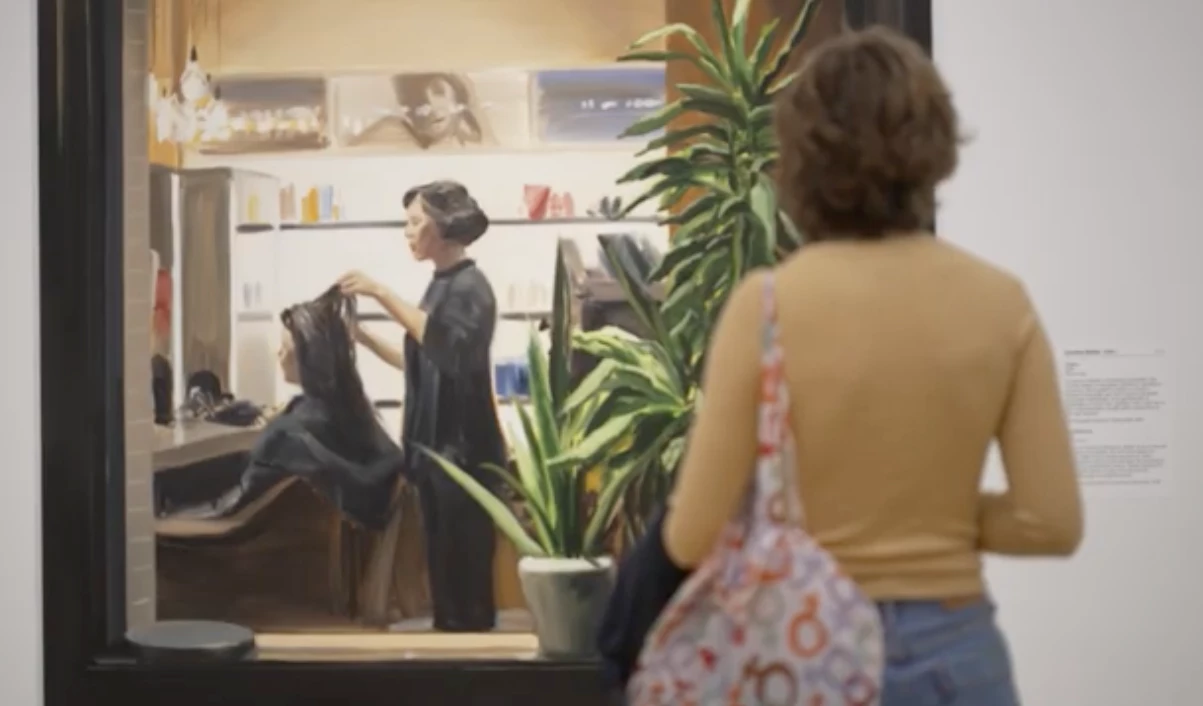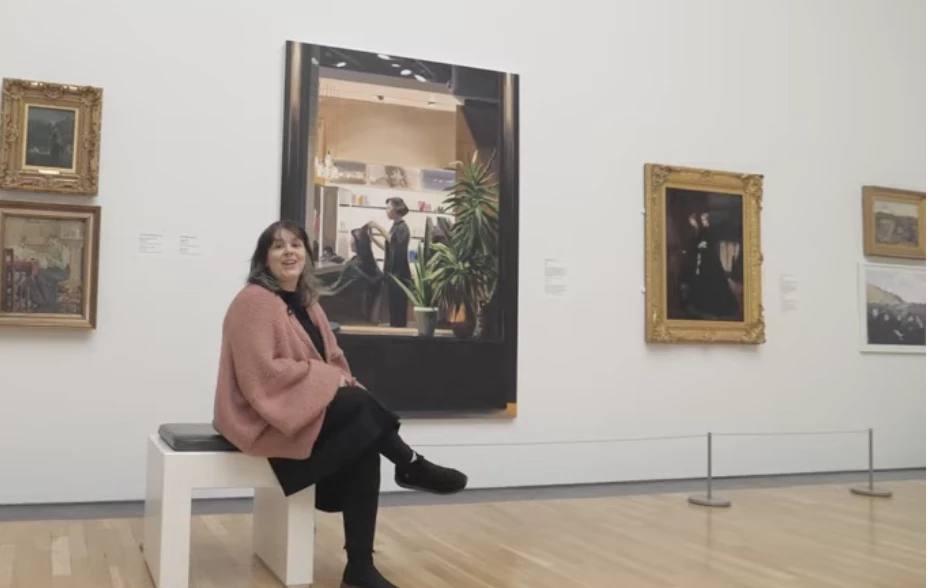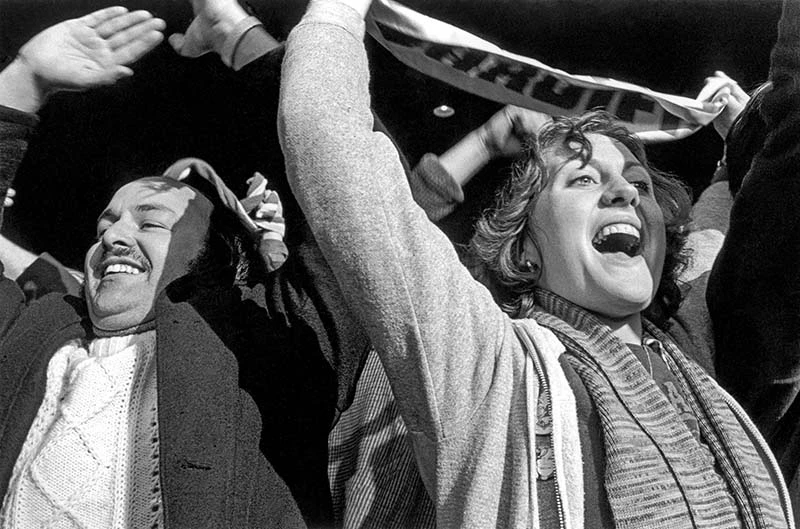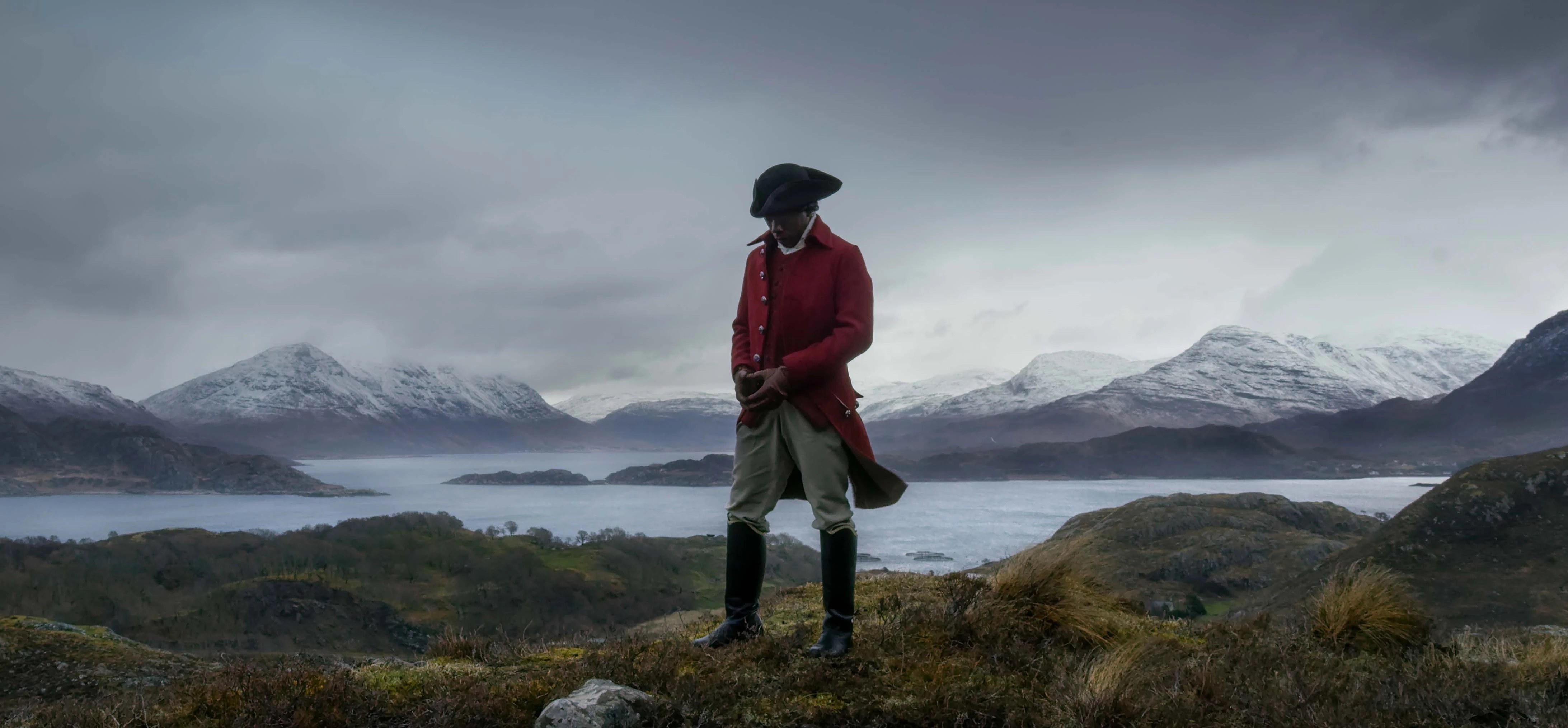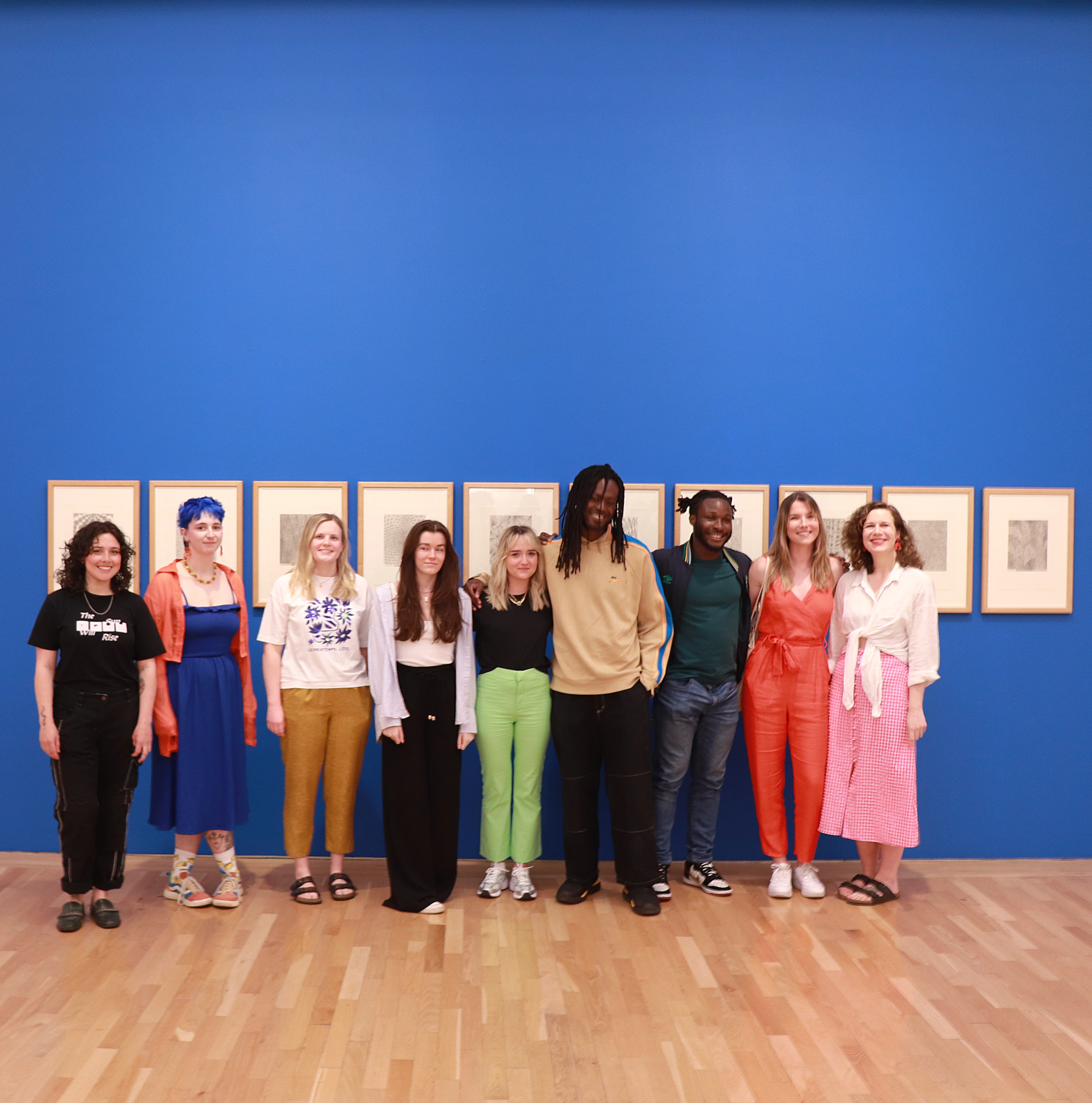1. Tell us a bit about yourself.
Hello everyone, I’m Chloe :). I’m from Cardiff but I currently live and work in London. I studied History at Cardiff University, focusing specifically on Victorian genre painting for my Masters dissertation. In my spare time I like to go to gigs, see exhibitions, socialise with my friends and go for walks in scenic places.
2. Why did you want to be part of the Demystifying Acquisitions Group? What did you want to gain?
I’ve always been interested in curating and the museum sector, but knew very little about what the role looks like day-to-day. When I saw the advert for the Demystifying Acquisitions project, I thought it would be a great opportunity to learn about the inner workings of museums. I was also excited at the chance to participate in the acquisitions process and be actively involved in decision making. The project is unique in this respect, and so I really wanted to be part of it. Additionally, I wanted to meet new people and build connections with others who have similar interests. It’s been really interesting to learn from the curators and to hear their experiences and ideas, but also to learn from my peers.
3. What’s the main purpose of the group?
The main purpose of the group is to discuss and make joint decisions around the acquisition of Chris Ofili’s North Wales series. These are a group of etchings that Ofili produced as a response to particular landmarks and places. We are collaborating with the curators and other staff at Amgueddfa Cymru- Museum Wales to produce a redisplay of gallery 24 in the Rules of Art? exhibition, where the Ofili works will be exhibited for the first time.
4. Did anything surprise you about the acquisitions process?
Quite a few things surprised me. I expected that funding would restrict us to some extent, but it really has a huge impact on every stage of the acquisitions process. The funding applications to secure the Ofili prints were lengthy and required a lot of consideration (i.e justifying the need for the artworks and their relevance to the Museum’s collections). The budget was also something to consider when thinking about the framing and whether to paint the gallery walls. It was really interesting to see how curators work around this.
Generally I was surprised by how many factors influence decision making in the sector. In addition to the budget there’s considerations around health and safety, accessibility, our integrity as curators, representation, conservation and others. There’s also a lot of people involved in the decision making process. Trying to balance all of this is incredibly tricky!
Another thing I did not expect was for the process to be so long. We started working on this project in May 2021 and the exhibition install isn’t until mid February 2023.
5. Why is it important to change the structure that large institutions work within to include community and younger voices?
Increasing representation in museums is incredibly important. By including the community and younger voices, museums can begin to democratise their collections. There are so many stories to be uncovered by considering different experiences and perspectives. Museums can be perceived as outdated and a bit stuffy! If young people are given the chance to contribute to their local museums and feel like their voices are heard, this will likely encourage footfall and interest in the sector. It goes back to the question of who we represent in our museums. If we want to represent the community, then the community should be consulted.
6. How do you think this project can influence other similar projects and processes?
I hope the success of this project serves as an example to other institutions that a collaborative approach between young people, the community and the museum can work well. The Demystifying Acquisitions group drove the decision- making process in this project, and I think this has produced very interesting outcomes. We came up with lots of new ideas and interpretations that the curators hadn’t necessarily thought of. We really appreciated the practical considerations and advice that the curators gave us.
The paid element of this project is also important. Often young people don’t have the time to work, study and volunteer. This can be a huge barrier to access for those who need to prioritise paid employment. I think if other institutions offered similar opportunities, this would make a potential career in the museum sector much more feasible for many.
7. What has been a personal highlight of your time in the Demystifying Acquisitions project?
It’s really hard to say because there’s been so many fantastic moments. One moment that really stands out is when we acquired the Ofili artworks. This was the first time in the Museum’s history that a curatorial decision had been made outside the Art Department, so it felt really special to be a part of this. I’ve loved the discussions we’ve had about the process, learning from lots of different staff at the museum, going to the museum and seeing the Rules of Art? exhibition for the first time. I could go on and on (sorry that’s more than one highlight!!).
